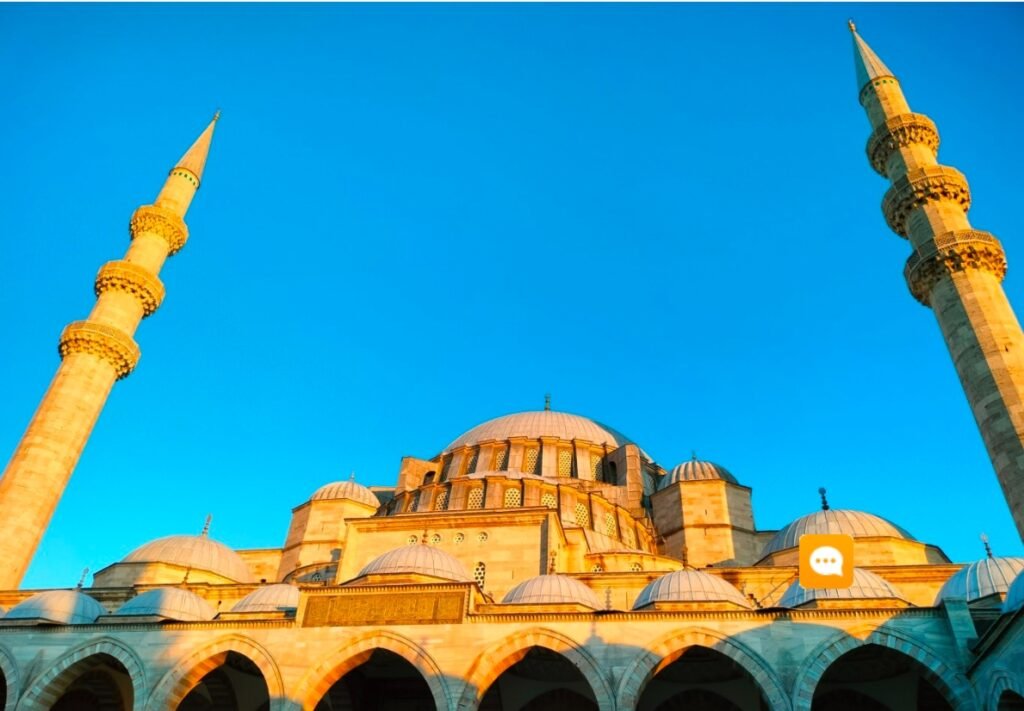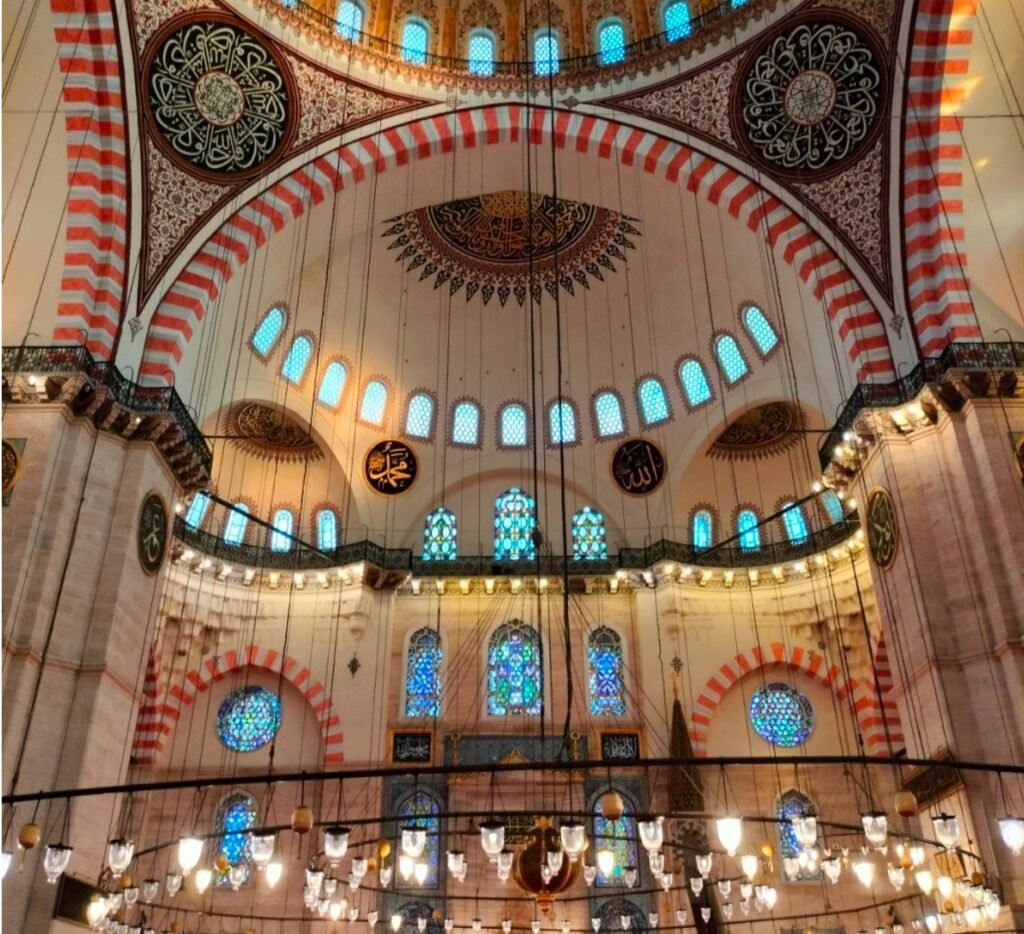Turkey’s history spans the Classical period, Ancient Greek period, Roman period, Byzantine period, Seljuk period, and Ottoman period. Ancient Babylon, Hittites, Assyrians, Persians, Greeks, and Romans alternated their dominance. The Arab Empire (632–1258) then invaded, incorporating the Turks. The Seljuks and Ottomans, who embraced Islam, became the new rulers of the land starting in the 11th century. In 1922, Mustafa Kemal Atatürk declared the establishment of the Republic of Turkey.
Turkey, located along the Aegean and Mediterranean coasts, belongs to Greek and Roman cultural heritage. The myths and legends of Greek gods are abundantly preserved here. The ancient city of Troy, located at the Dardanelles Strait, is a testament to Homer’s Iliad. In the 10th year of the Greek siege of Troy in the 10th century BC, the Greeks pretended to retreat, leaving behind a wooden horse filled with soldiers. The Trojans brought the horse into their fortress as a trophy, and the Greeks used this stratagem to achieve their final victory. Today, a replica of this wooden horse stands as a symbol of the ancient city.
Ephesus, located in İzmir, Turkey’s third-largest city by the Aegean Sea, is an Ionian Greek city founded by Athenian colonists in the 10th century BC. It is the largest and most well-preserved ancient Greek site in the world, and the Temple of Artemis, one of the Seven Wonders of the Ancient World, is the largest building of the ancient world.
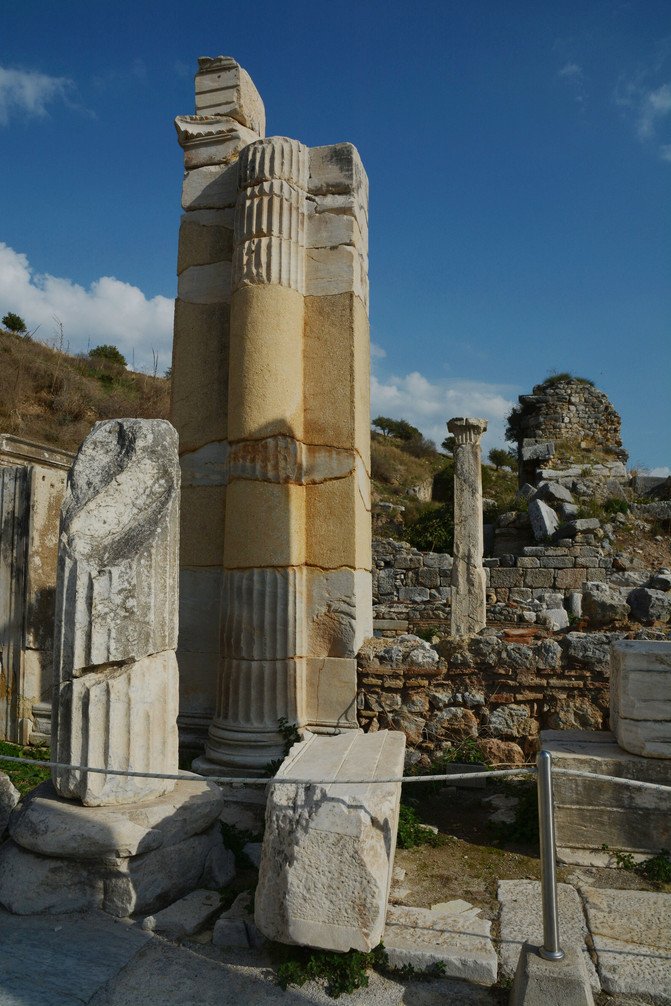
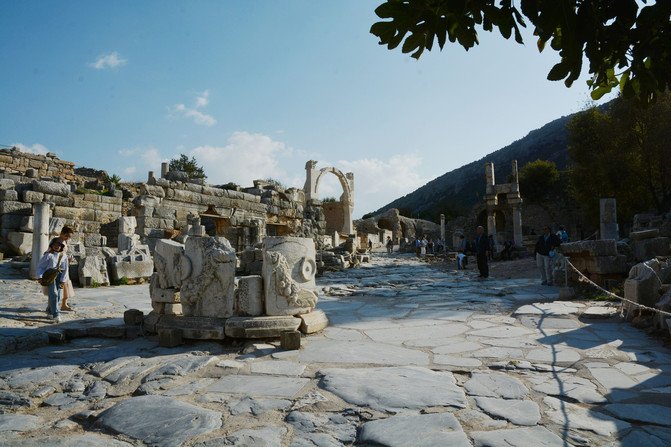
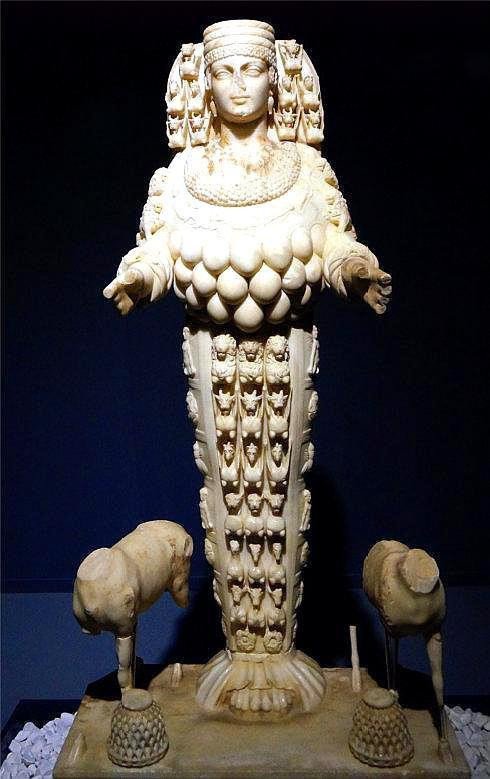
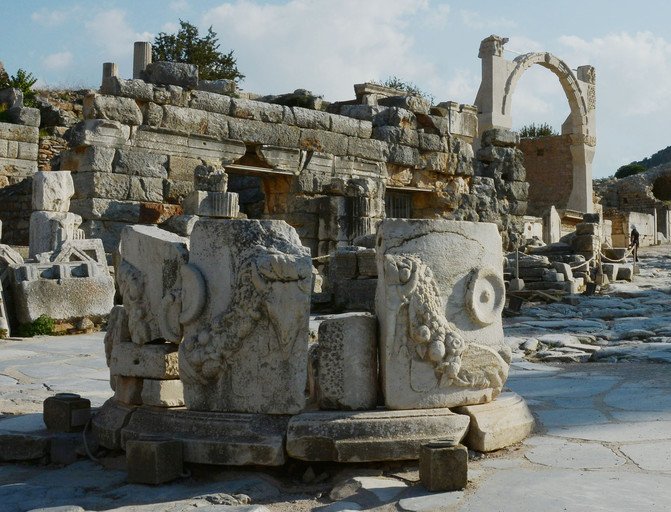
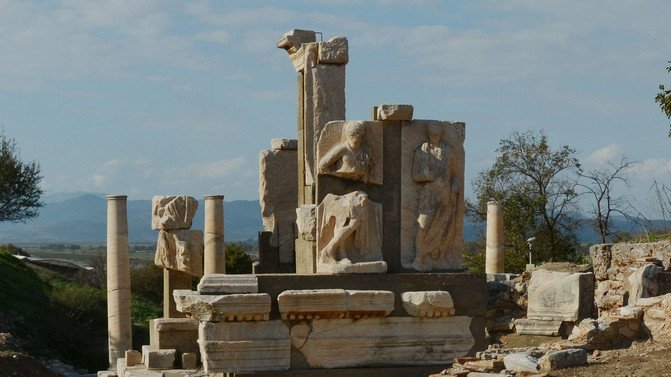
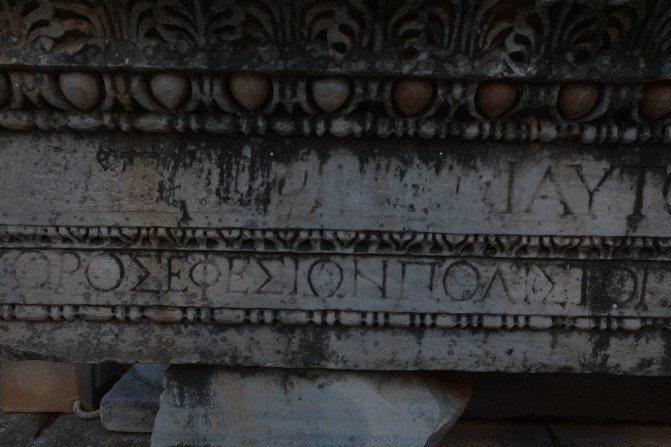
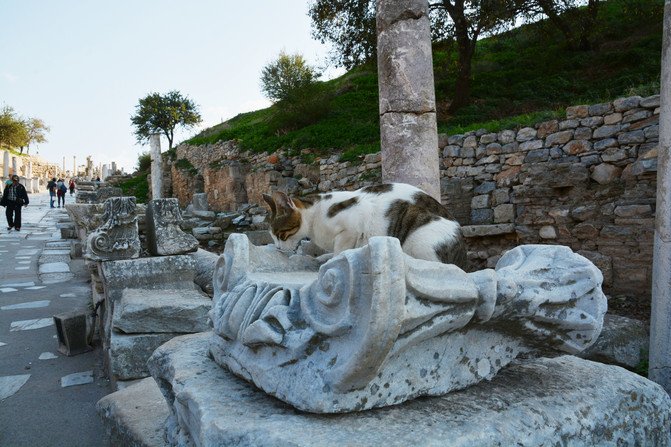
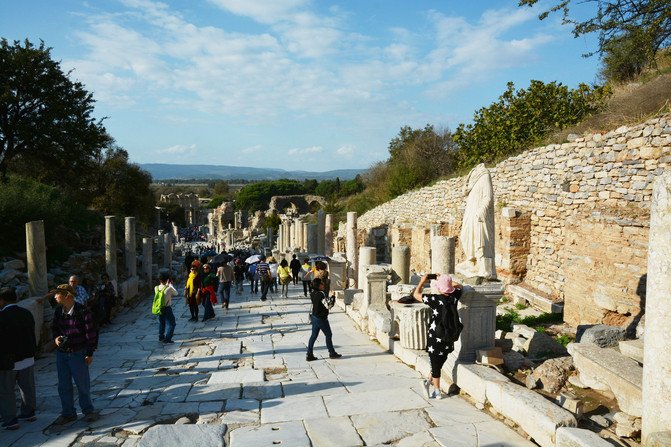
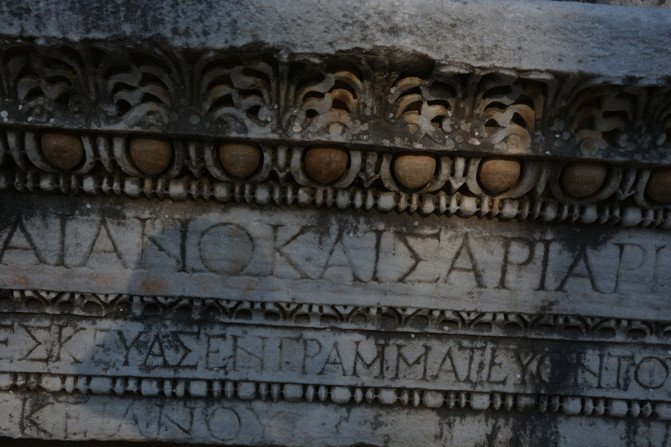
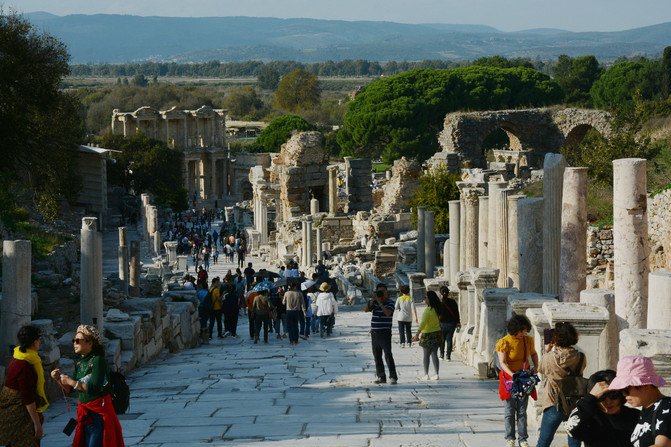
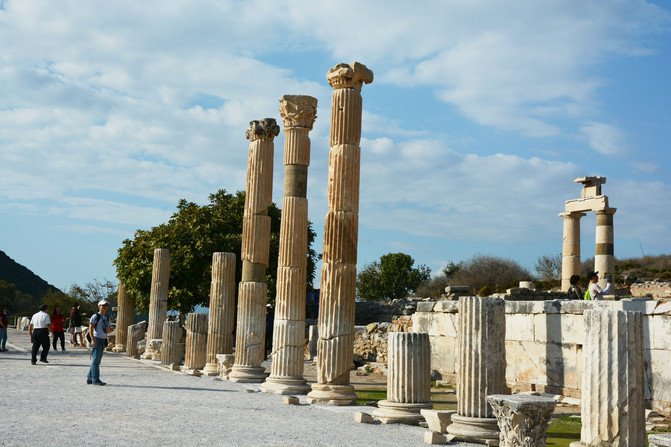
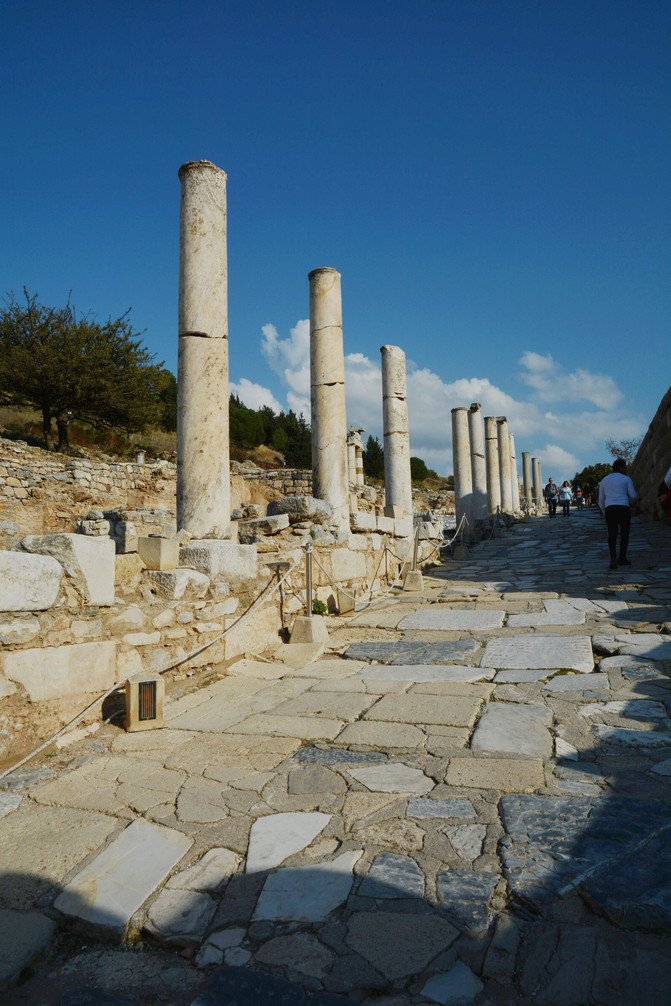
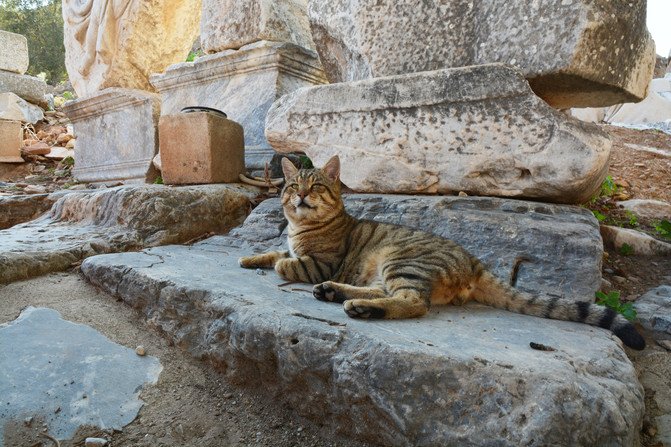
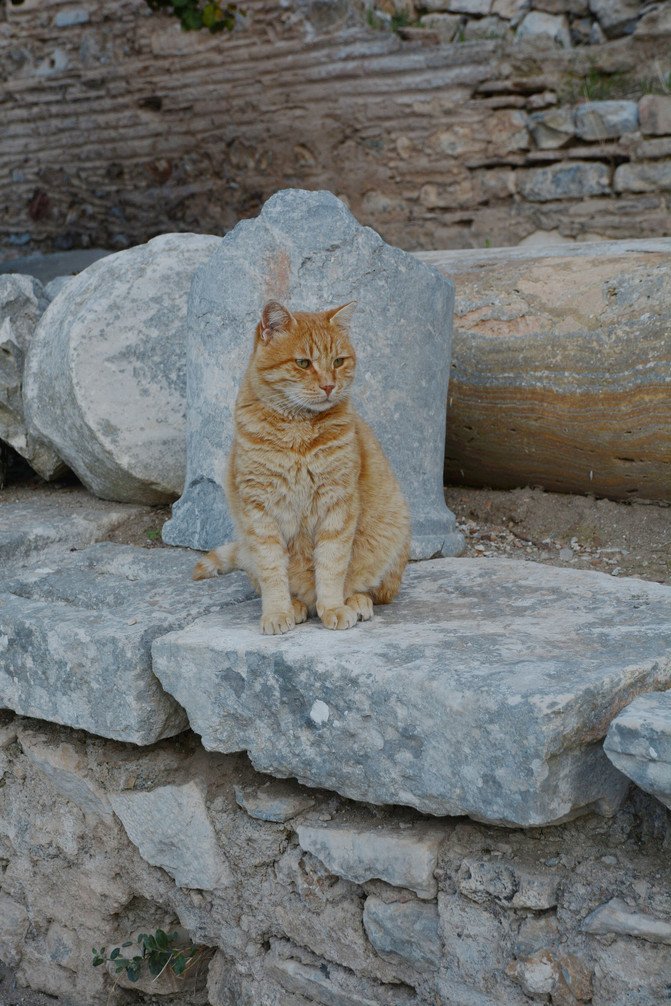
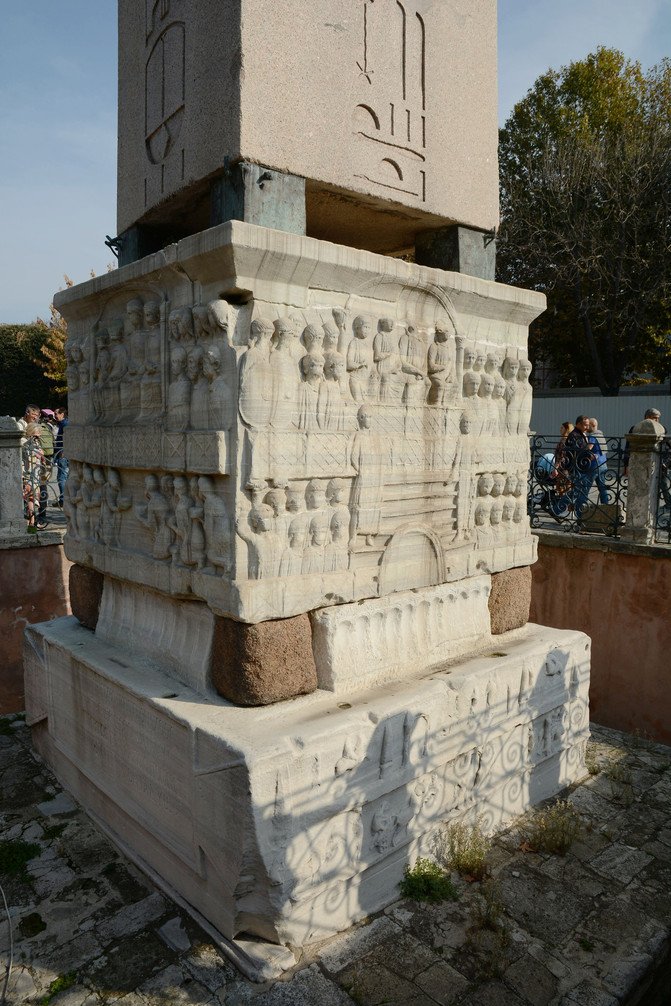
The Egyptian obelisk base inscribed with hieroglyphics
In 1354, the Ottoman Empire captured Constantinople, renaming it Istanbul and making it its capital. This status continued until 1922, when the Republic of Turkey was established and Ankara was chosen as the new capital.
Ankara One-Day Itinerary:
- Atatürk Equestrian Statue: Mustafa Kemal, known as the “Father of the Nation” in Turkey, is commemorated with equestrian statues across the country. This statue stands tall in a square, flanked by three additional figures: two Turkish soldiers in front and a woman behind.
- Ancient Roman Theatre Ruins
- Anatolian Civilizations Museum
- Ankara Castle
- Atatürk Independence War Museum
- Republic Museum
These sites offer insight into Ankara’s rich history and Turkey’s transformation under Atatürk’s leadership.
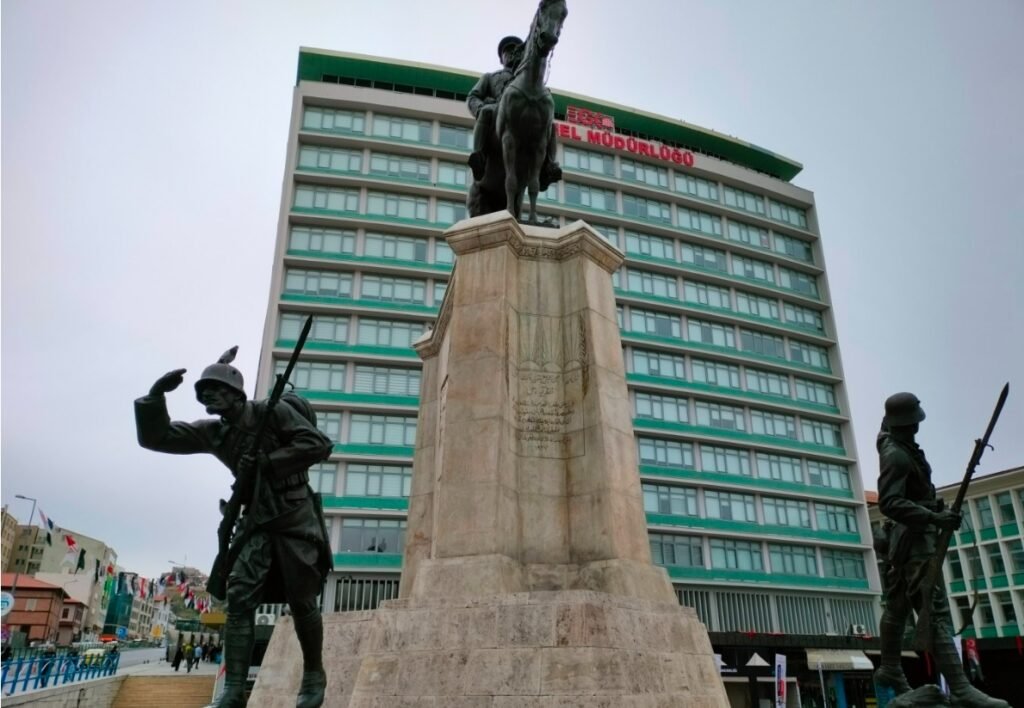
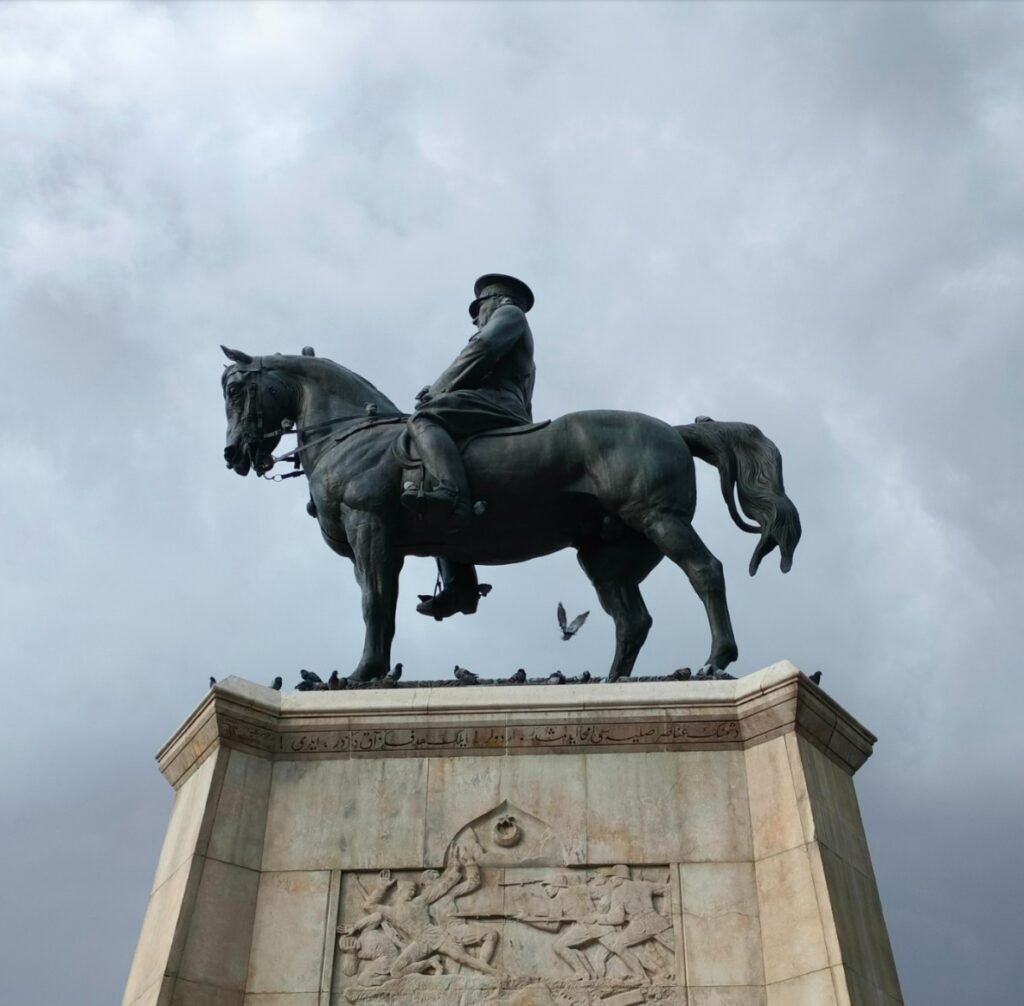
On the way to the Anatolian Civilizations Museum, I stopped by the ruins of the ancient Roman theatre in Ankara. Unfortunately, the gate was closed, and the site was heavily damaged, with only a scattering of stone remains left.

The Anatolian Civilizations Museum is another world-class museum. Although it appears small from the outside, it houses an impressive collection. It features artifacts from the Hittites, Greeks, and Romans, preserving discoveries from several nearby archaeological sites. Among the treasures are many items from the Gordion region, including relics related to Alexander the Great’s legendary cutting of the Gordian Knot.
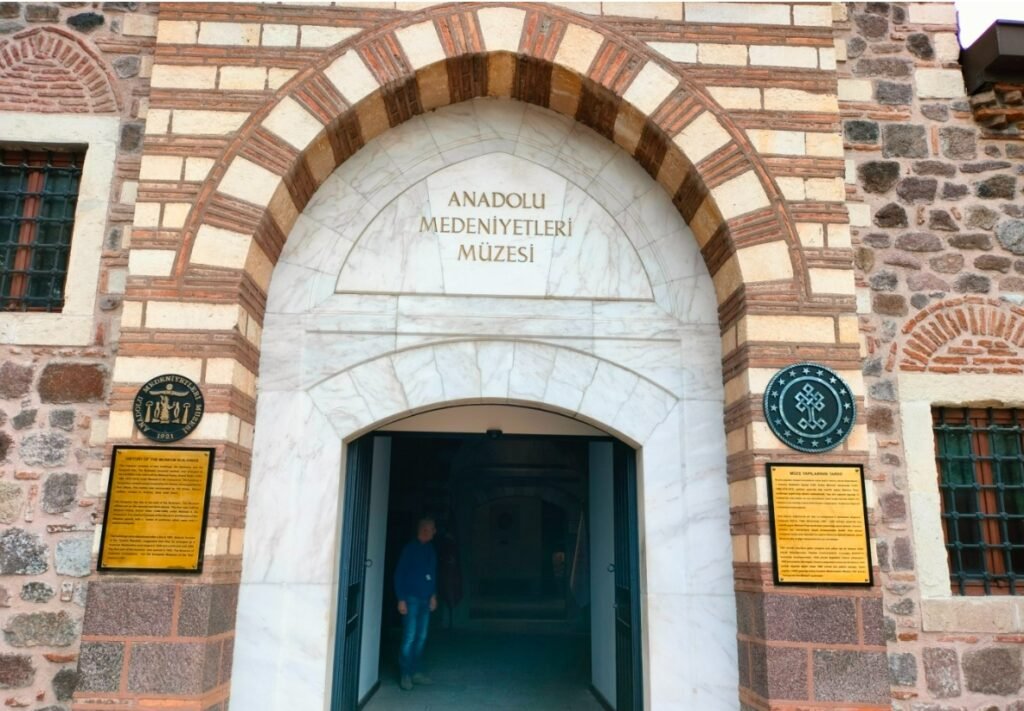

The Neolithic-era goddess figurine reflects early forms of fertility worship, which aligns with later reverence for the Mother Goddess. Over time, this veneration evolved and merged into the worship of deities like Artemis in Greek mythology, known as the goddess of the hunt, wilderness, and childbirth. The continuity in these beliefs suggests a cultural and religious lineage connecting ancient fertility cults to Artemis, highlighting humanity’s enduring reverence for nature and creation.
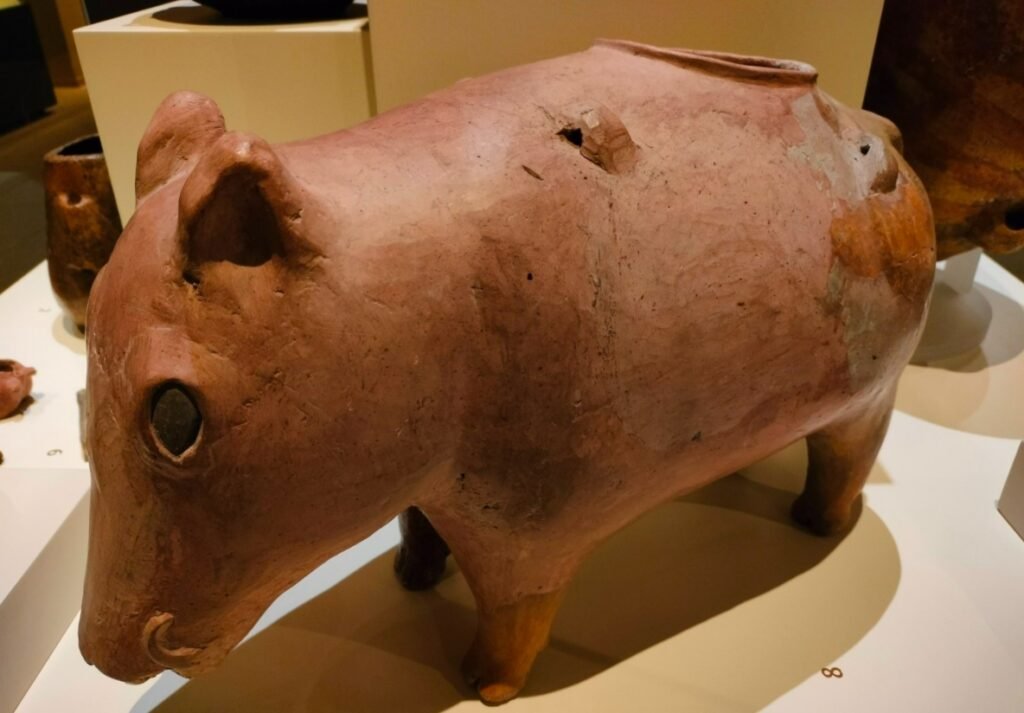

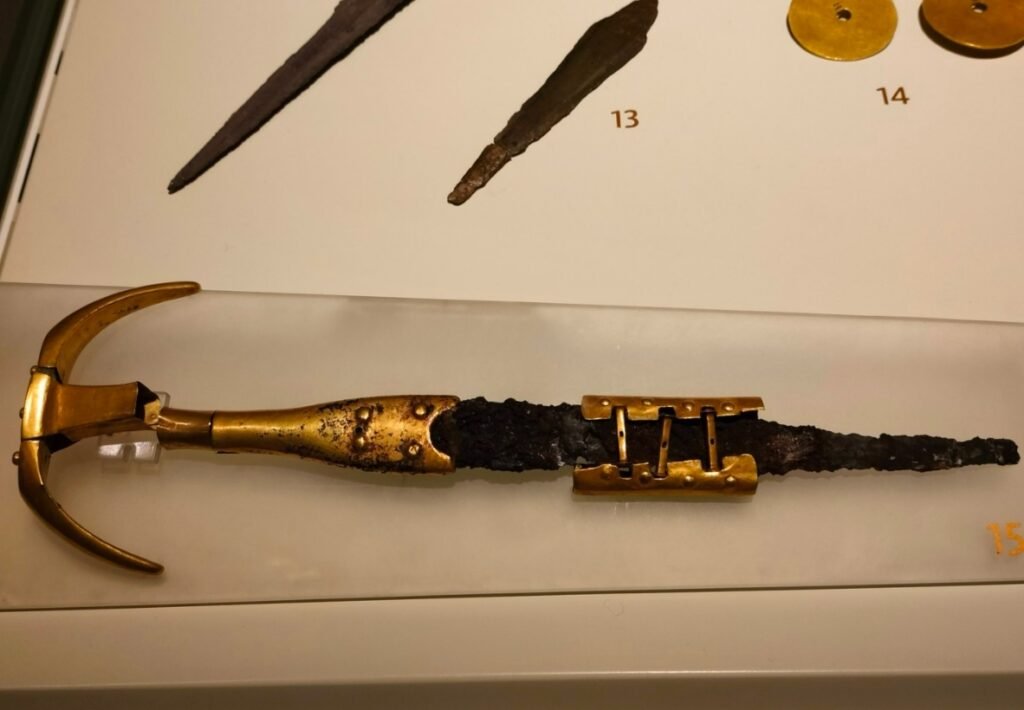
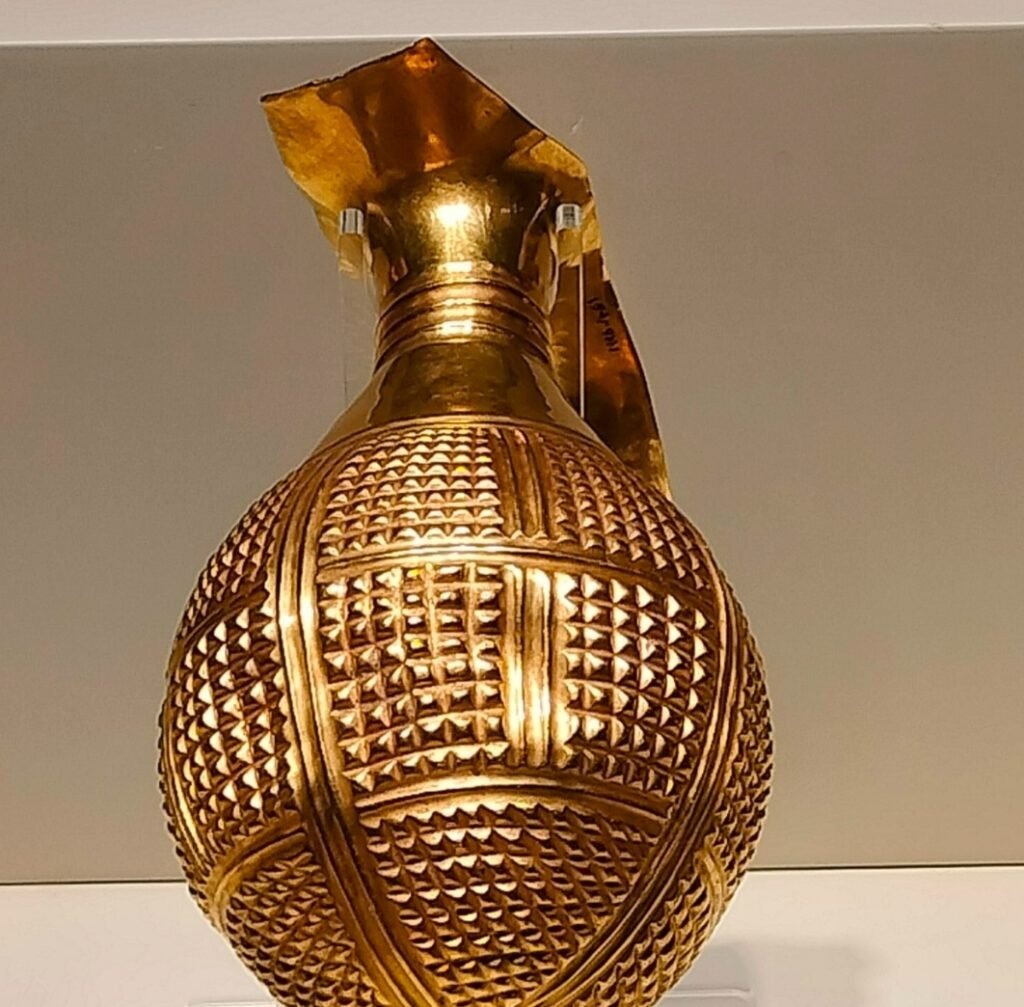
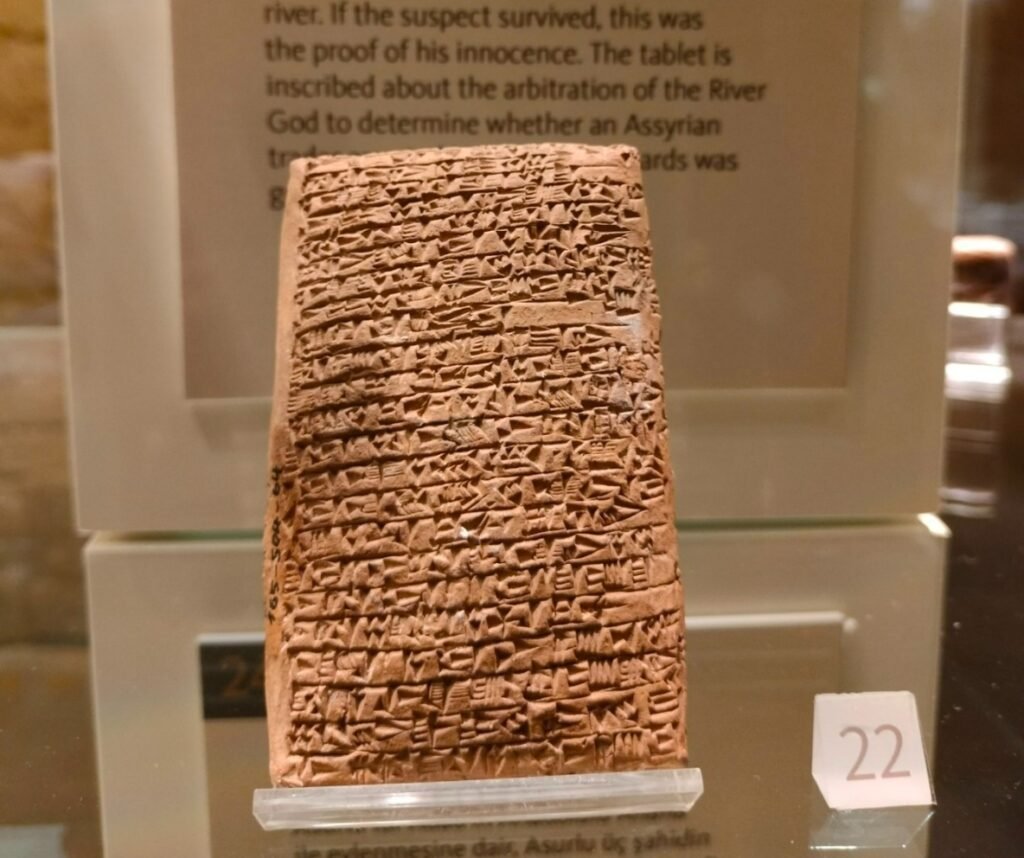
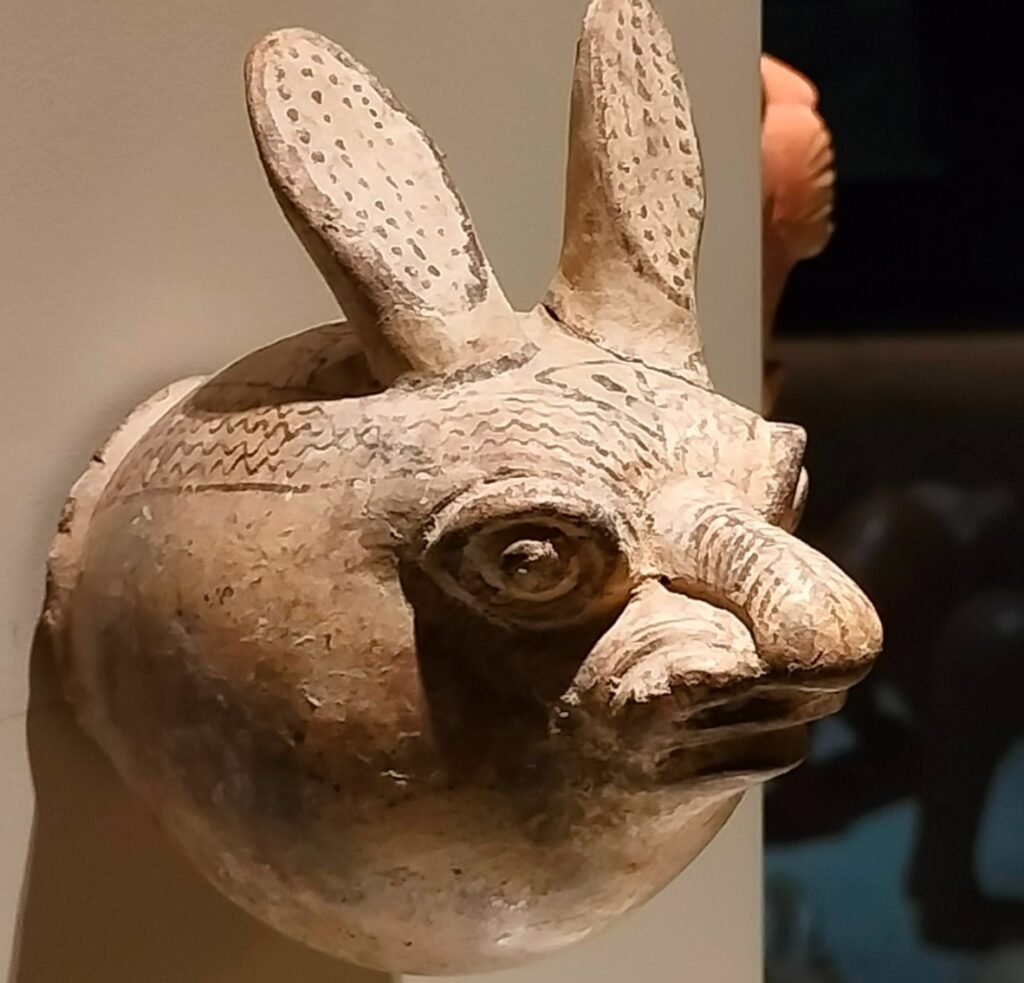
From the museum, it’s a walk uphill to Ankara Castle, with steep slopes and streets lined with buildings showcasing traditional Turkish architecture. At a fork near the castle walls, Google Maps directs you to turn right toward the parking lot, but ignore that—follow the crowd to the left, pass a café, and then make a right turn.
Entry to the castle is free, but there’s nothing much inside apart from the view of Ankara’s cityscape. It’s more of a “since we’re here, might as well see it” kind of attraction. I snapped a photo of a lounging cat and headed out.
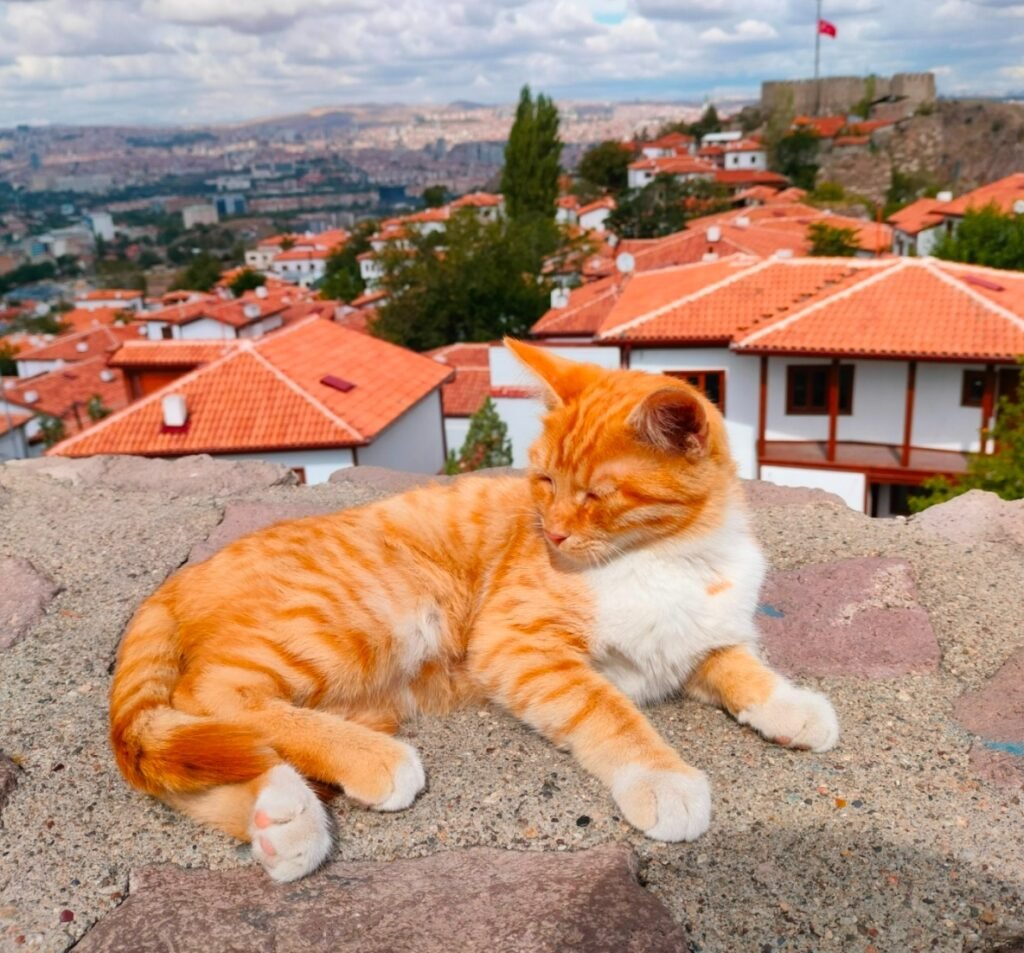
After a nap at the hotel, I headed to the Independence War Museum. The entrance is covered by the same ticket pass.
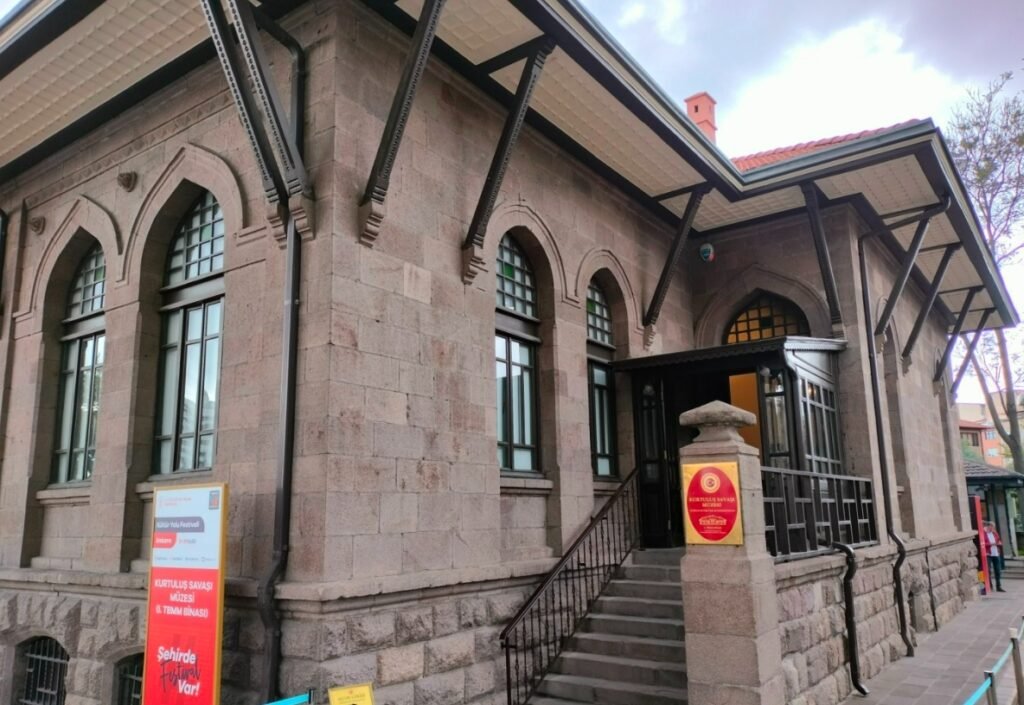

A high-tech product of its time, the cipher machine converted letters into coded messages, which were then transmitted via radio.


I arrived early at the Mausoleum of Turkey’s Founding Father, where people were already queuing for security checks before 9 AM. No ticket is required for entry.
Inside the mausoleum, three cars once used by Atatürk are on display—one Cadillac and two Lincolns. On one side of the mausoleum is a free museum, which houses letters from heads of state around the world.



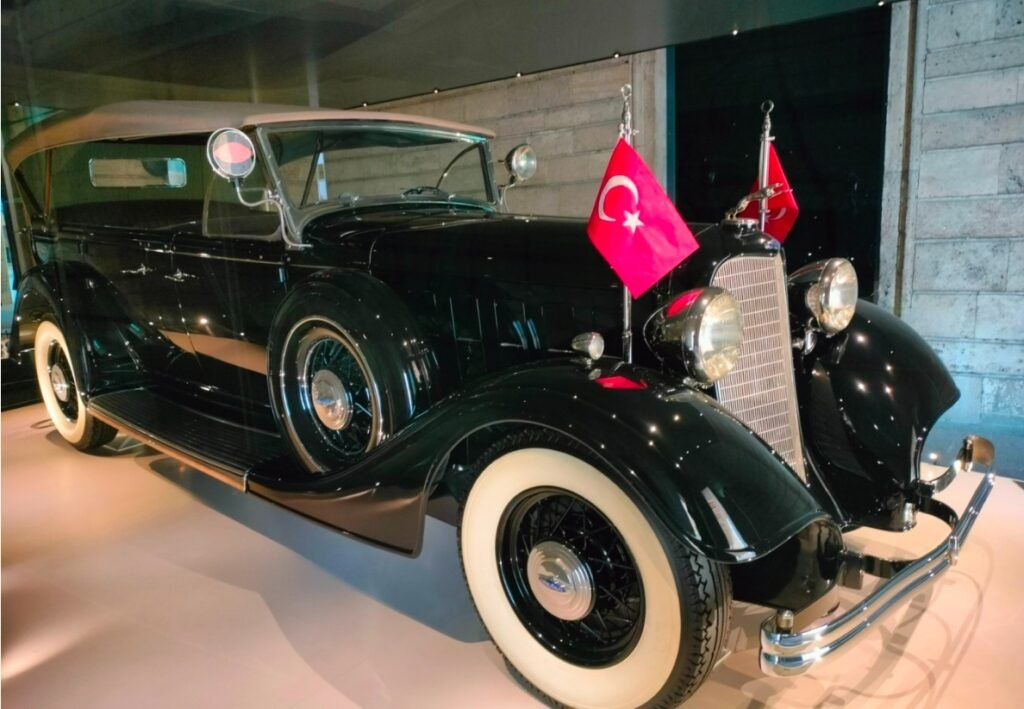
The Mausoleum of Atatürk also serves as a center for patriotism and national education in Turkey. On my way there, I encountered a teacher leading a group of elementary students, each holding a small Turkish red flag.
The museum within the complex displays paintings portraying historical events from Turkey’s perspective, including depictions of atrocities committed by the Greek army during the occupation of İzmir.

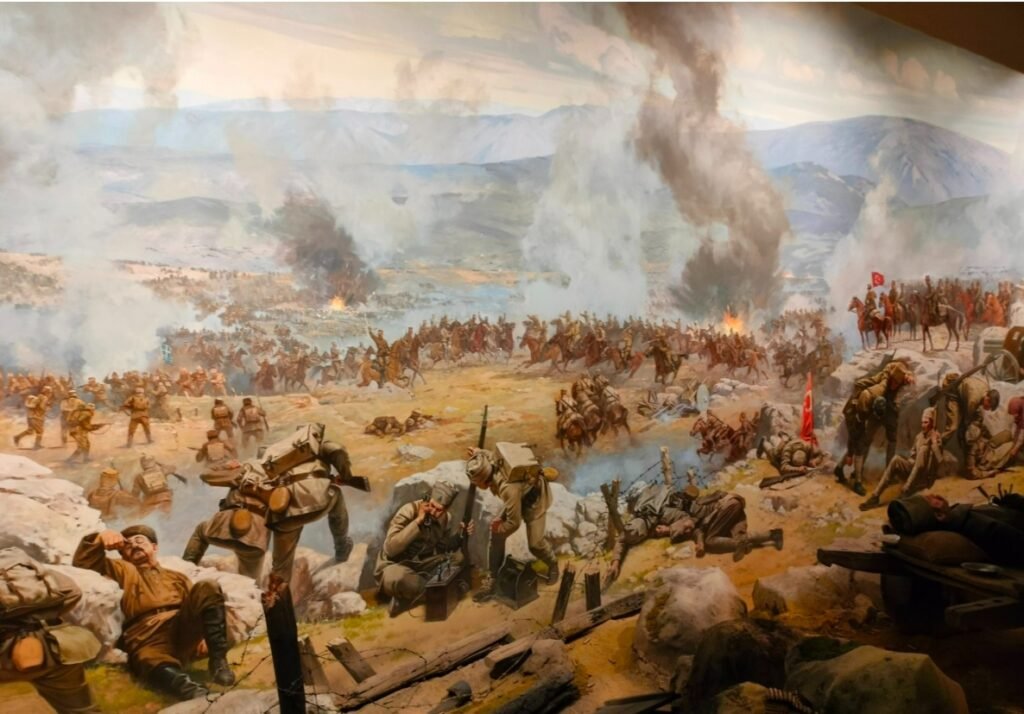
After visiting the mausoleum, I returned to the hotel to check out. The host’s English was decent. Before arriving in Turkey, I had seen a lot of negative information online, but my interactions with ordinary Turkish citizens revealed a different reality—people were lively, friendly, and the atmosphere felt very relaxed.
From the hotel, I went straight to Esenboğa International Airport. I had booked a flight online with Ajet from Ankara to Istanbul, but the experience was not great. The airport is quite far from the city center, requiring two bus transfers to reach it. The flight, scheduled for 7 PM, was delayed to 8:45 PM, meaning I arrived in Istanbul very late.
I took a bus for 210 lira to Taksim Square, reaching the hotel at 11:55 PM. In hindsight, it might have been better to take an intercity bus or train back to Istanbul, as they offer more reliable schedules.
Additionally, I wouldn’t recommend staying near Istiklal Street. The bars are noisy at night, and with fewer police around, the area felt less safe due to beggars, refugees, and people soliciting business.
There is no mobile signal inside Turkey’s metro stations, so it’s helpful to check Google Maps and screenshot the station names in advance. All public transport—whether metro or bus—requires card swipes only when boarding, not when exiting.
To reach Gayrettepe Station, take the M11 line for six stops, then transfer to the M2 metro. Follow the signs in the connecting passage to make the transfer without confusion.
I stayed at HOTEL GENOVA, conveniently located at the intersection of the M2 metro and T1 tram lines. This made traveling to the airport and visiting the old town easy, as the T1 tram goes directly there. The stay was peaceful, with no morning prayer calls from nearby mosques. There’s also an ATM near the M2 station for easy cash withdrawals. The only downside was the small room, but everything else was great.
The hotel staff allowed me to check in early at 10 am. After storing my luggage and showering, I set off on a walking tour of Istanbul.
First stop: Istanbul Archaeology Museum. I purchased a MUSEUM PASS at the ticket office for 165 euros. Due to Turkey’s inflation, the pass had two updated stickers on it reflecting new prices.
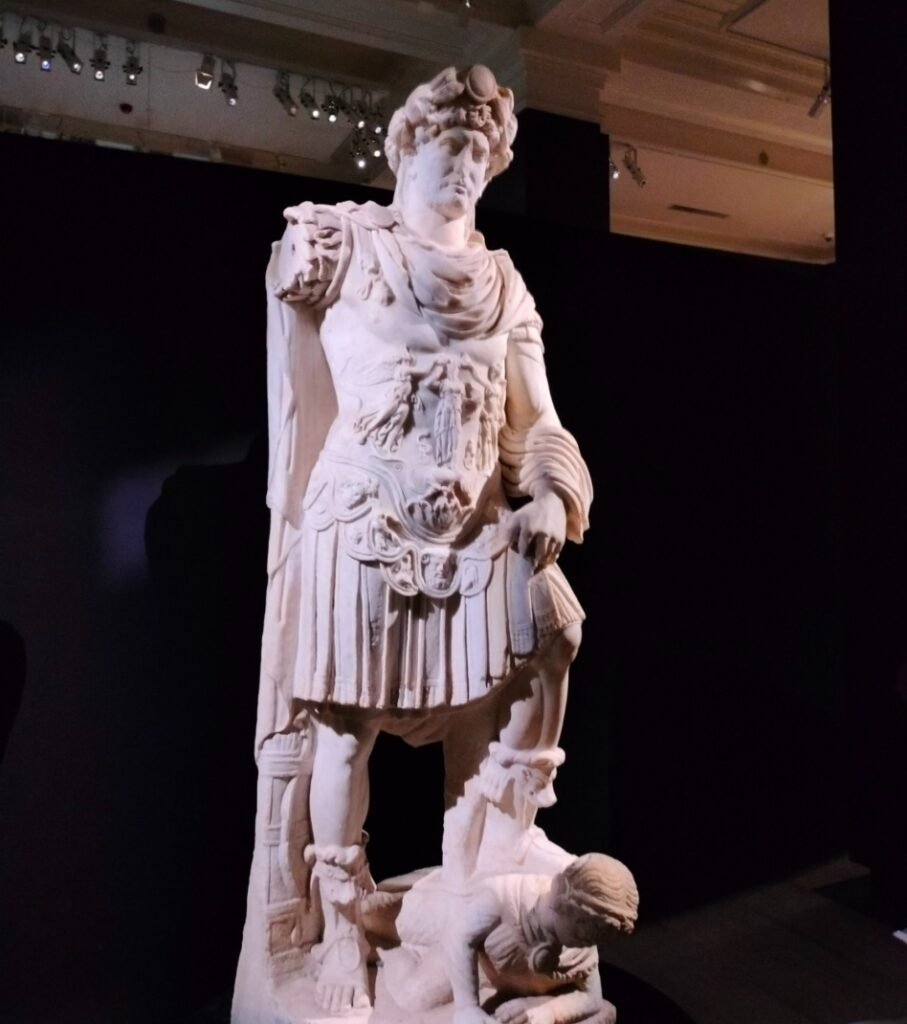

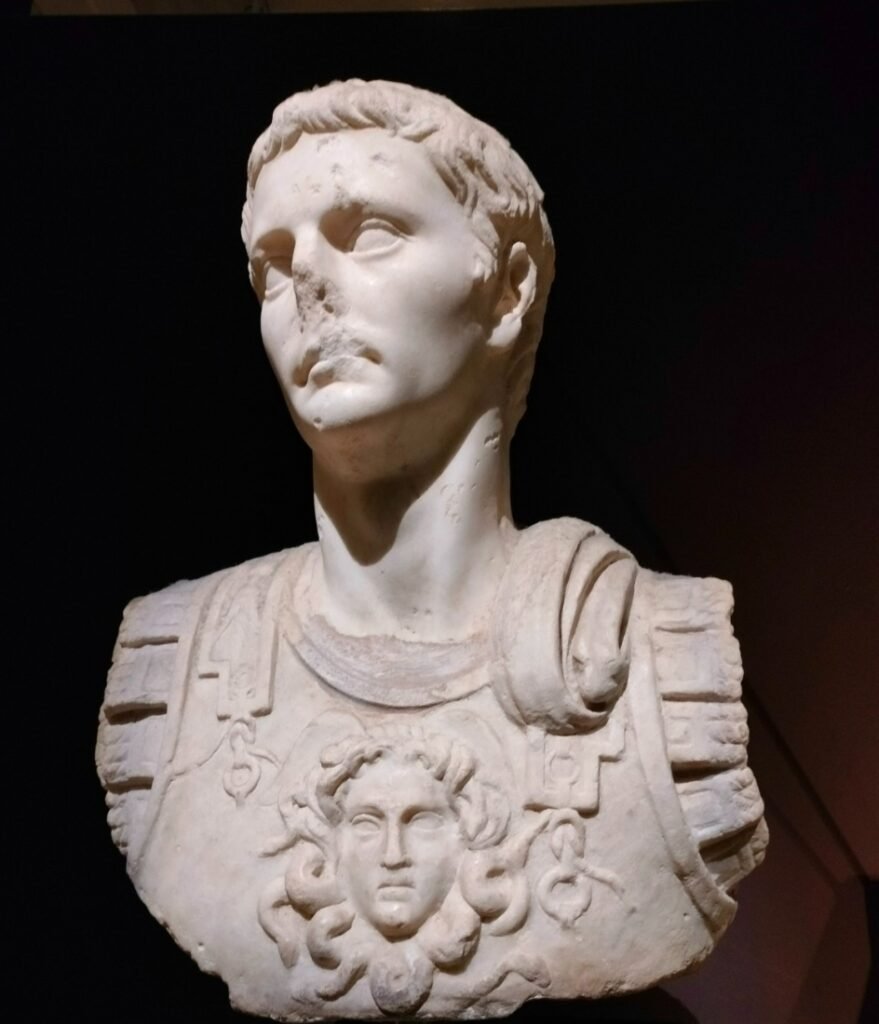


Topkapi Palace is within walking distance from the museum. At the entrance, visitors can exchange their passports for a free audio guide. Both the Treasury and the Chamber of Sacred Relics are must-sees, though they tend to have long lines. Access to the inner courtyard requires an additional fee, but the MUSEUM PASS covers all areas, allowing full access.
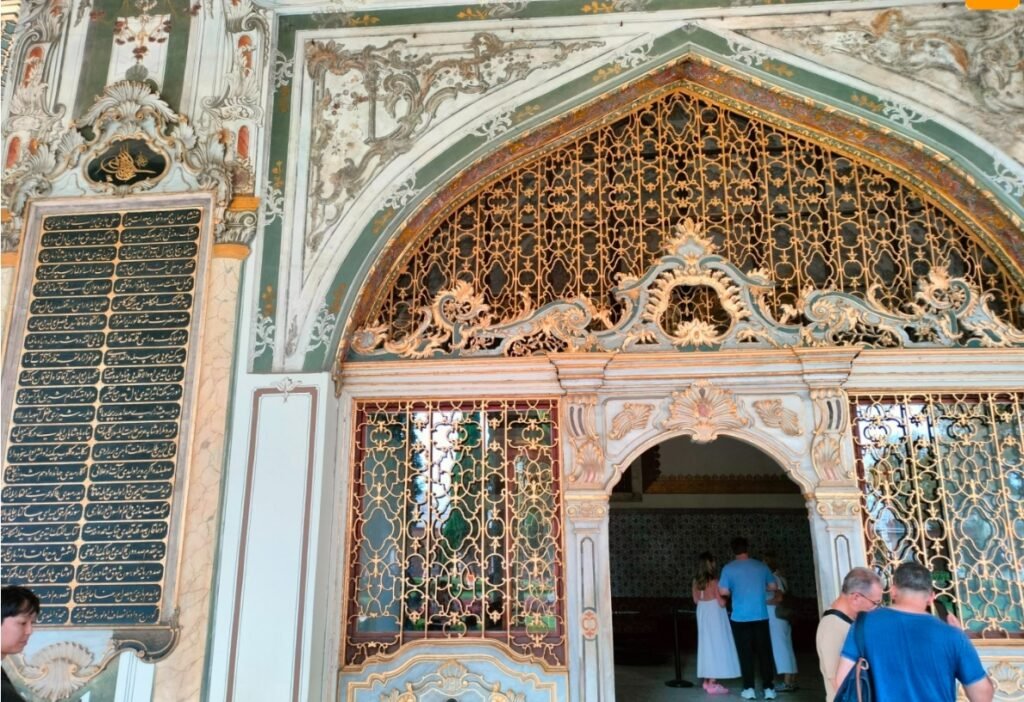
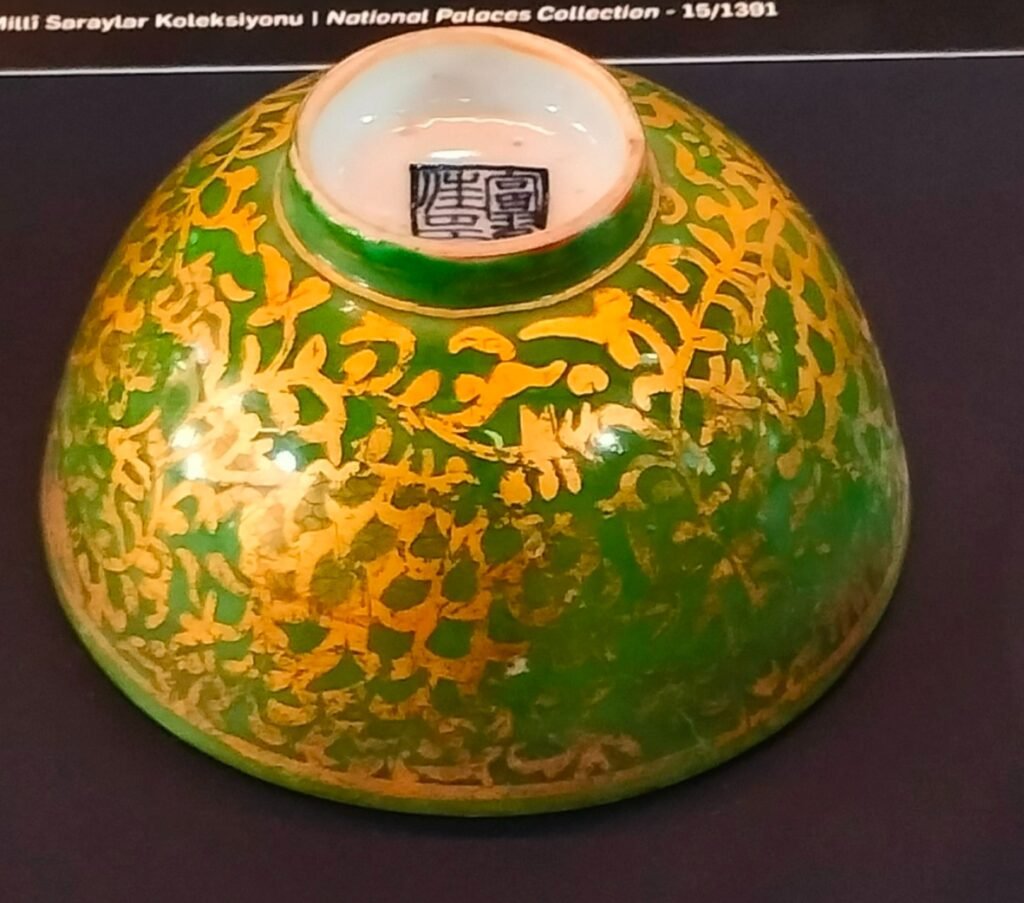
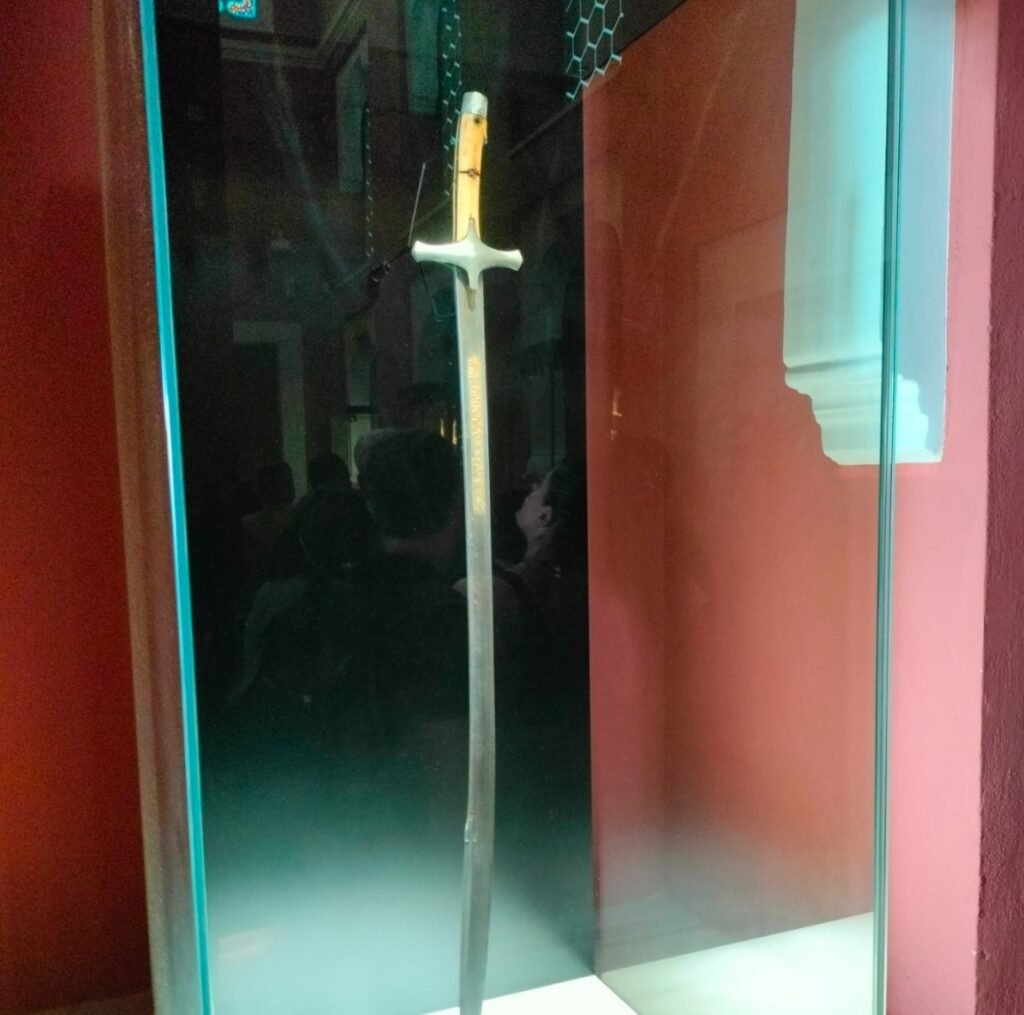

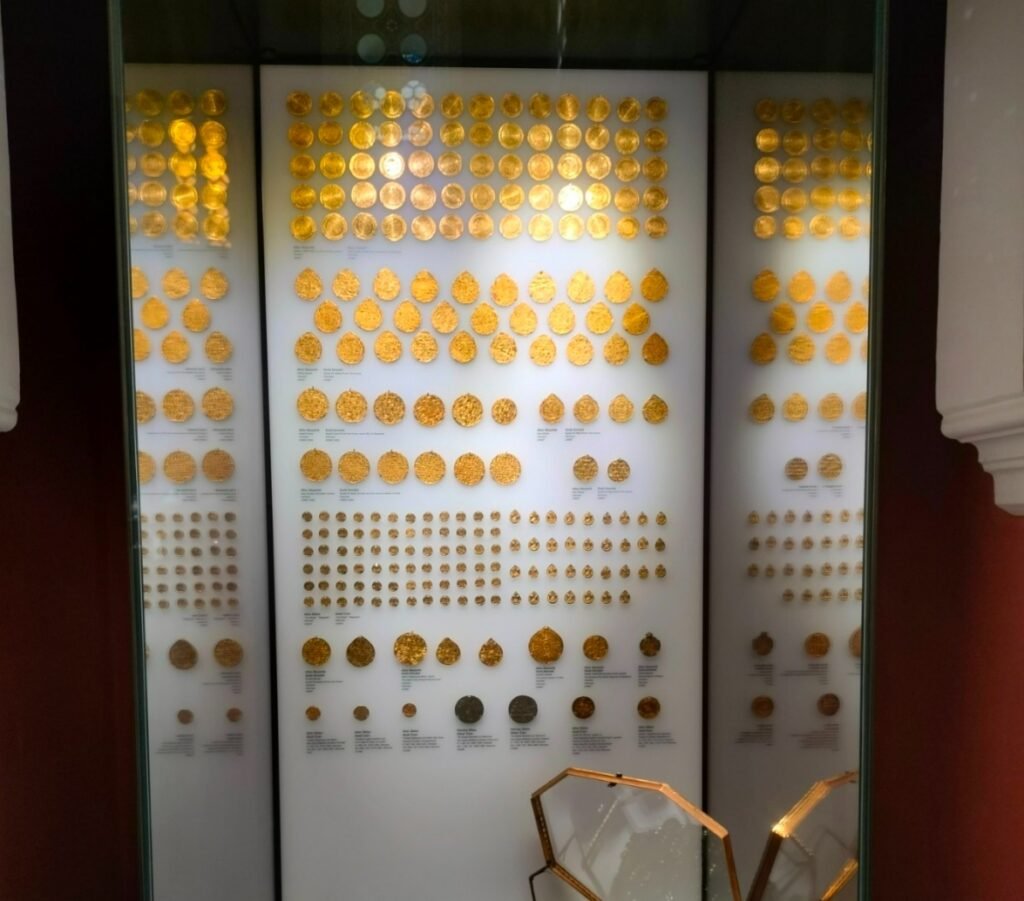
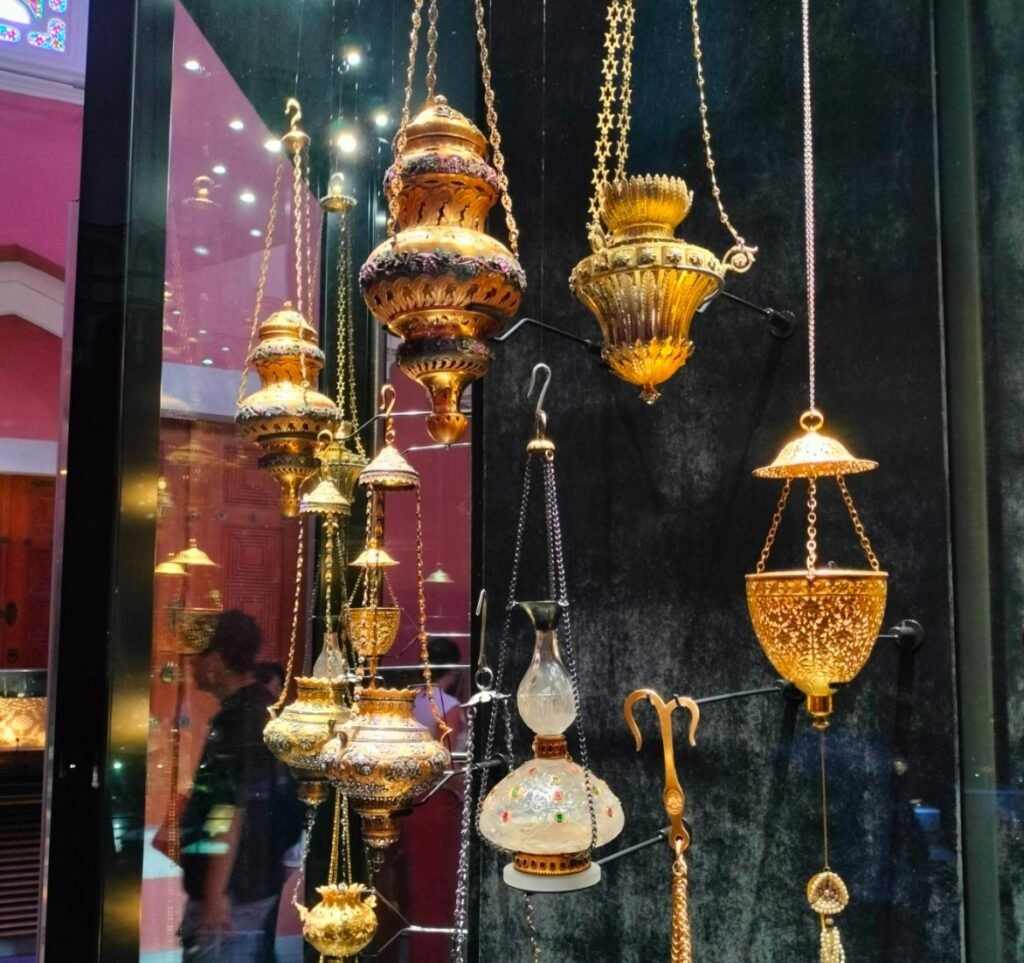
The Basilica Cistern ticket isn’t included in the pass, so you’ll need to pay separately—it’s one of those must-see spots once you’re there. Tickets are 900 lira. After you leave the cistern, take a walk over to the Valens Aqueduct Bridge. It’s an ancient Roman Empire-era landmark, and nowadays the area under the bridge is a major traffic thoroughfare.
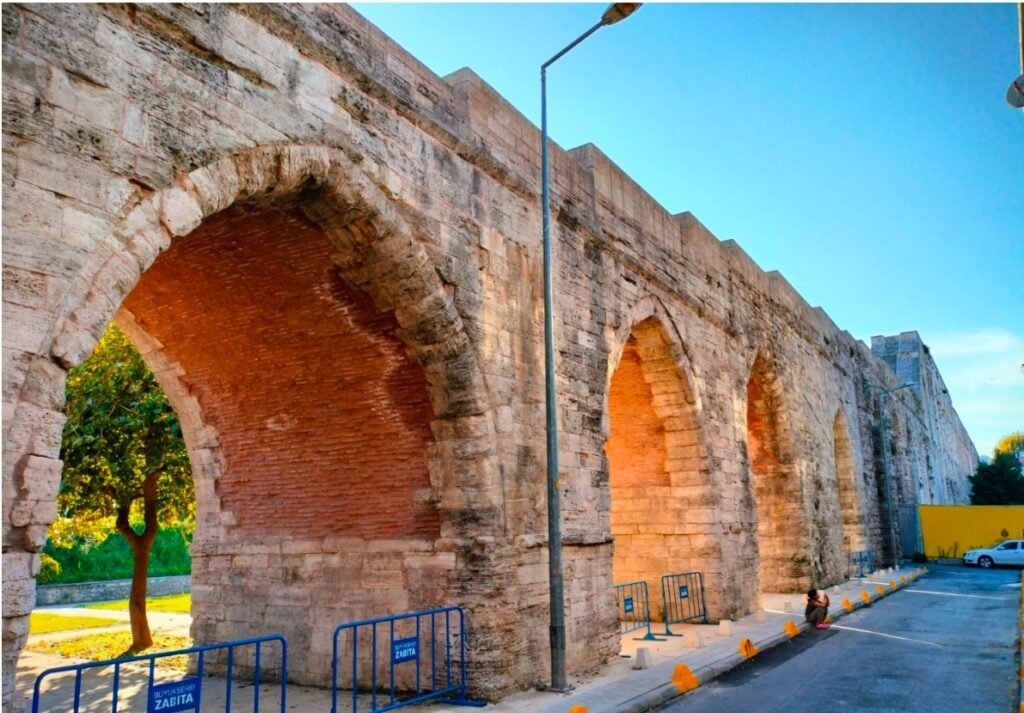
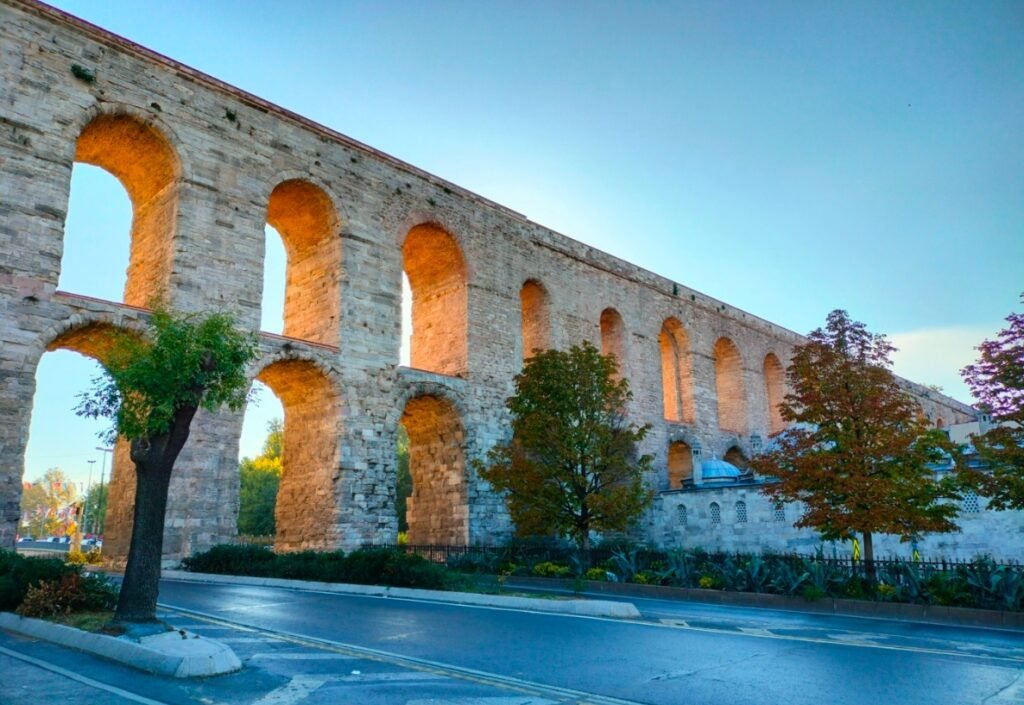
Day’s itinerary: Hippodrome of Constantinople, Hagia Sophia Cathedral, Ayasofya Museum, Church of St. George, Palace of the Purple Order, Yedikule Fortress, Theodosian Walls, Galata Bridge, Independence Street at night, and Galata Tower.
I rushed to the Hippodrome early in the morning when there were fewer people, which made the sights feel more genuine. Too early, though—the Blue Mosque wasn’t open yet. Inside the Hippodrome, I took my time checking out the German Fountain, the obelisk of Thutmose III, and the Serpent Column.
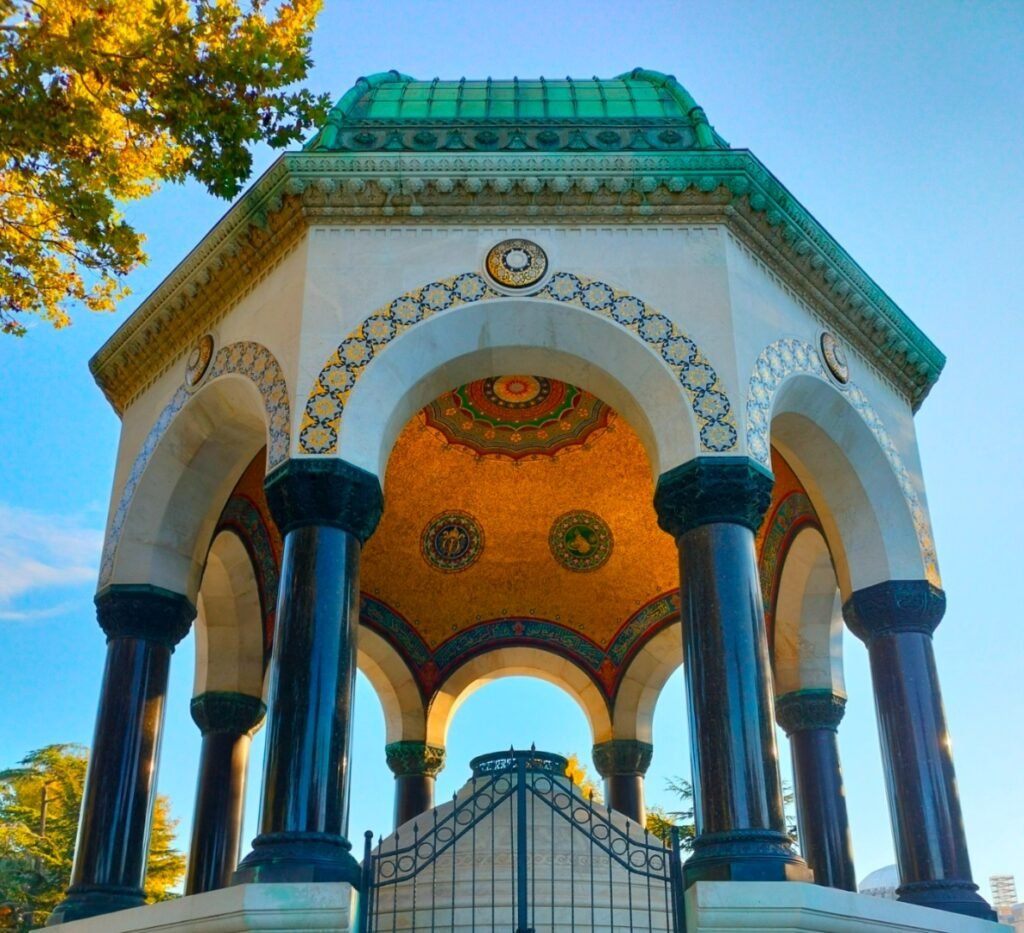
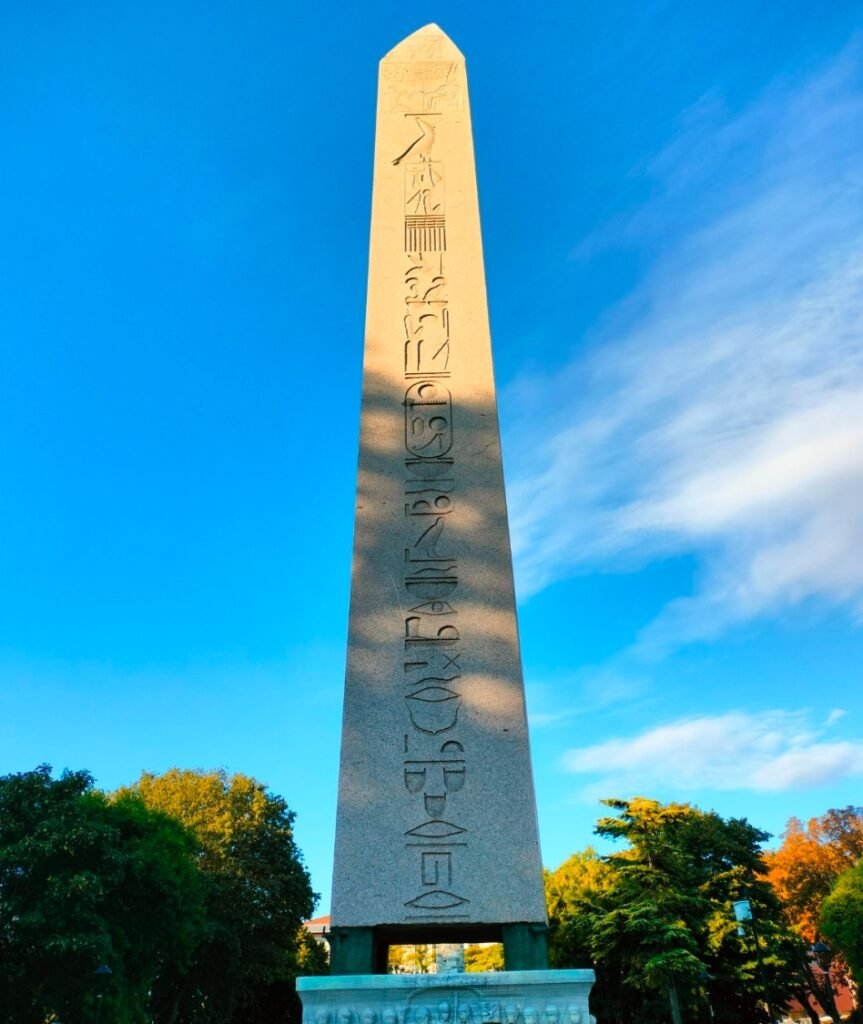

Right next to the arena is Hagia Sophia. The founder of Turkey turned it from a mosque into a museum, but in 2020, Erdogan changed it back into a mosque, so when you visit, you can only go up two levels. Make sure to wear long sleeves and pants. You can’t use the pass here—you need to buy a ticket. When you’re buying, the ticket seller will ask if you want to get a ticket for another museum. Just remember, everyone only needs to buy one ticket.
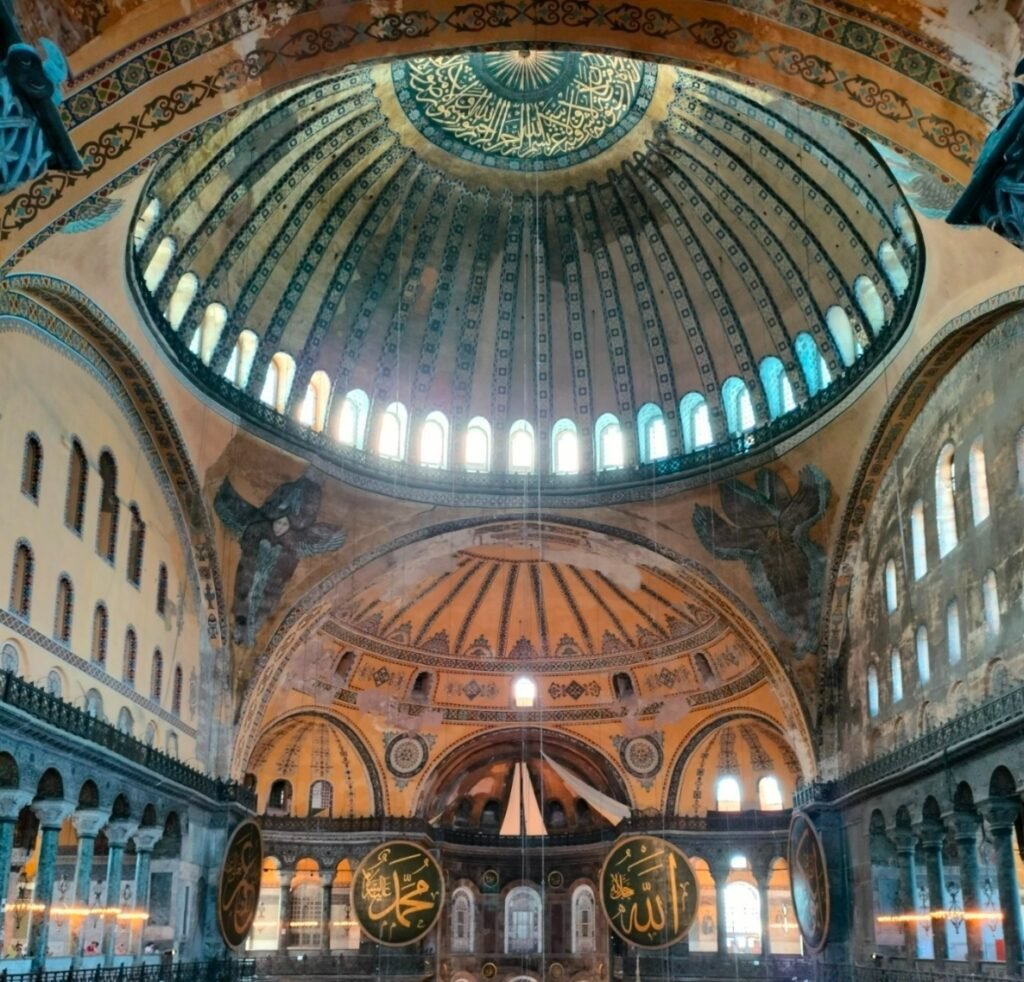
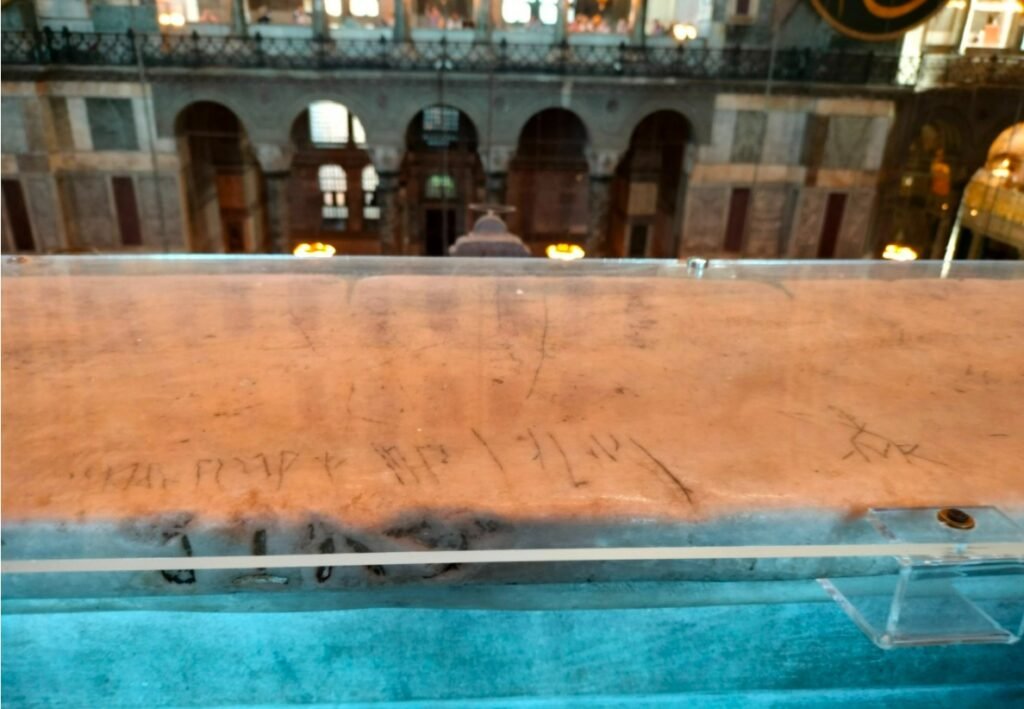

Thought for 5 seconds
When you buy tickets for Hagia Sophia Cathedral, the ticket seller will try to get you to buy an extra ticket for the Hagia Sophia History & Experience Museum, which is right across from the Blue Mosque. They’ve moved some of the artifacts from inside Hagia Sophia and added a 3D animation that shows the history of the cathedral. Turks know how to do business. Two tickets cost a total of 1,872 lira, but honestly, the museum isn’t worth it. Just getting a ticket to Hagia Sophia Cathedral for 900 lira is more than enough.
Below is the Hagia Sophia History & Experience Museum.
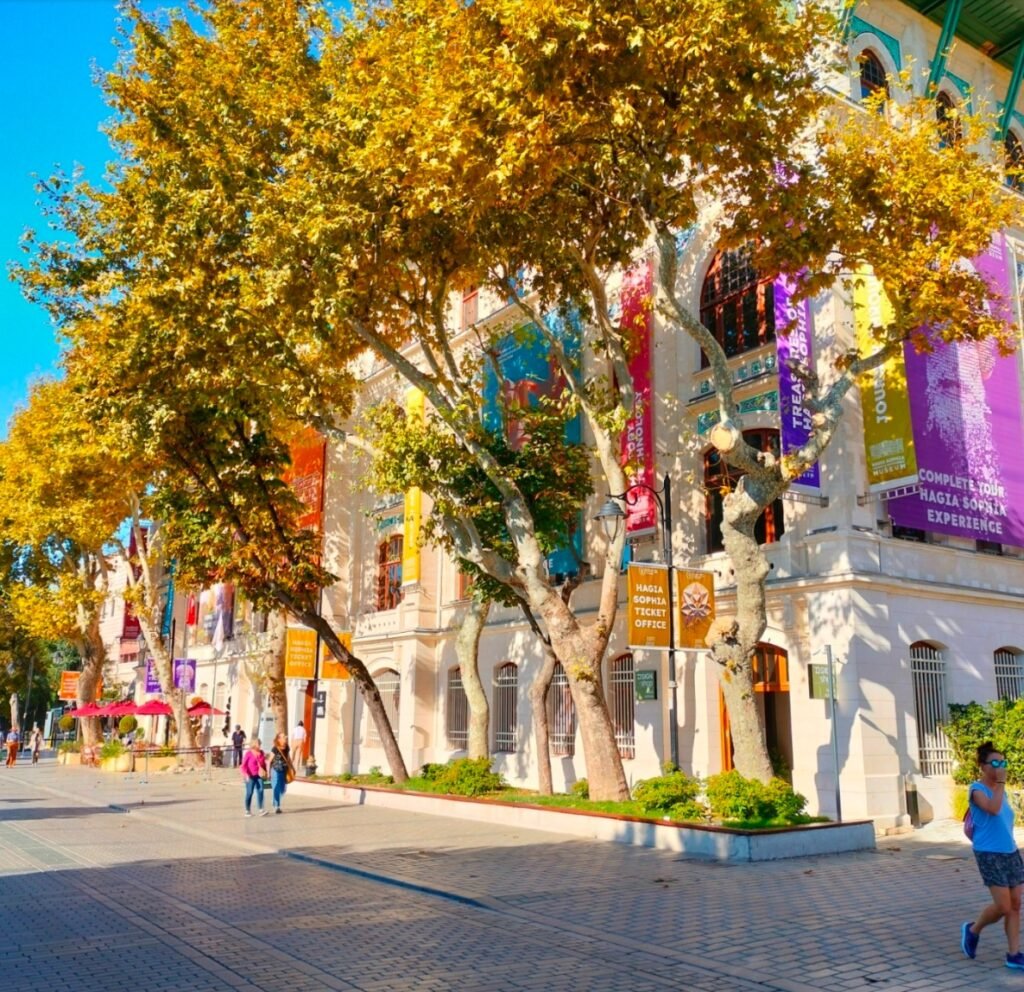
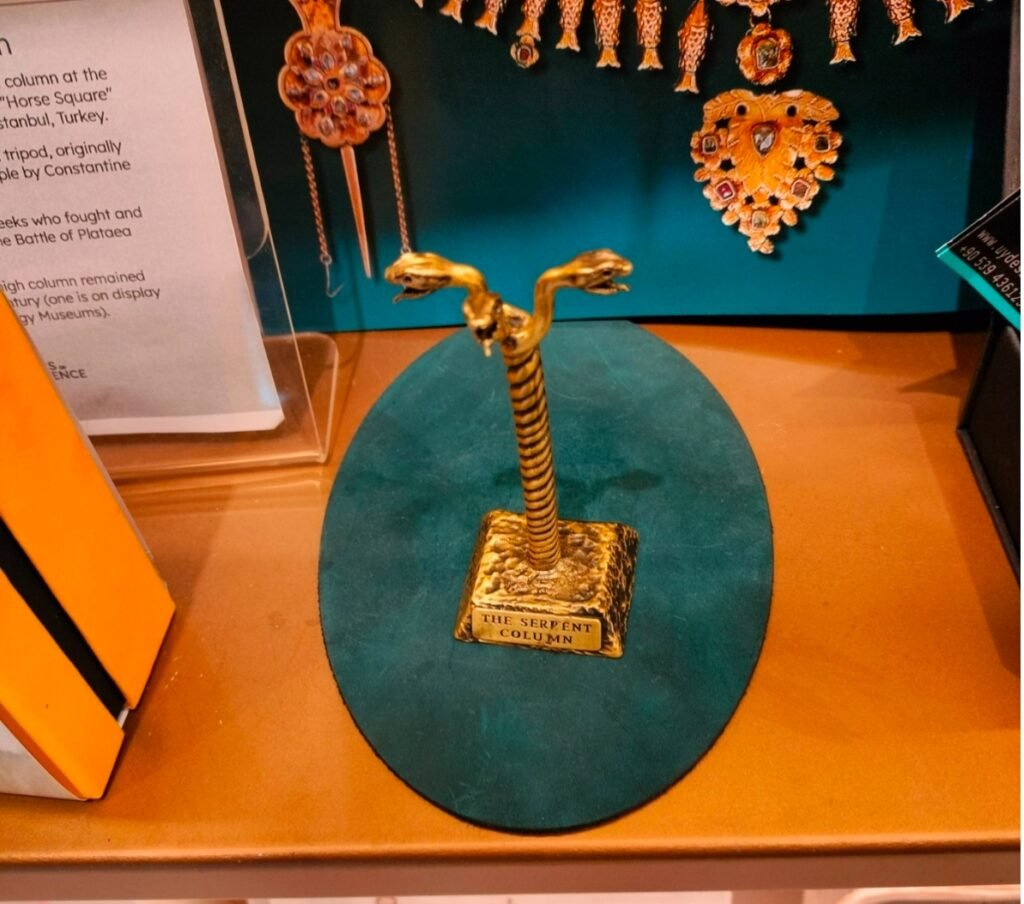
The Church of St. George is also the Ecumenical Patriarchate of Constantinople. Its role in the Orthodox Church is similar to St. Peter’s Basilica in Vatican City for the Catholic Church, but it’s super low-key. You can’t even tell it’s a church from the outside, but the inside is absolutely stunning.

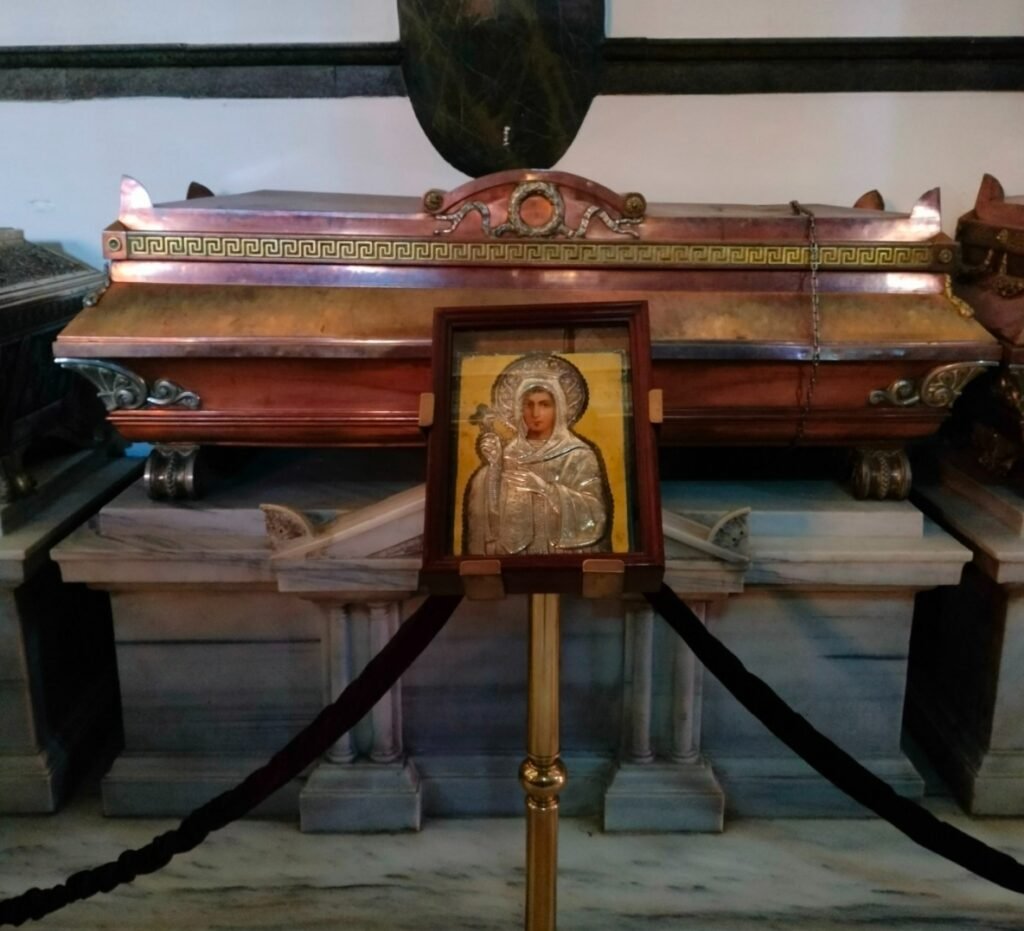

The Palace of the Purple Order dates back to the late Eastern Roman Empire. The Great Palace ran out of funds for repairs and became uninhabitable, so the Roman emperor moved here instead. It looks like the Ottoman Turks also broke through Constantinople’s walls from this area in 1453. You can’t use the pass here; tickets are 50 lira, which isn’t too pricey. However, there’s not much to see inside—just some ruins and broken walls.
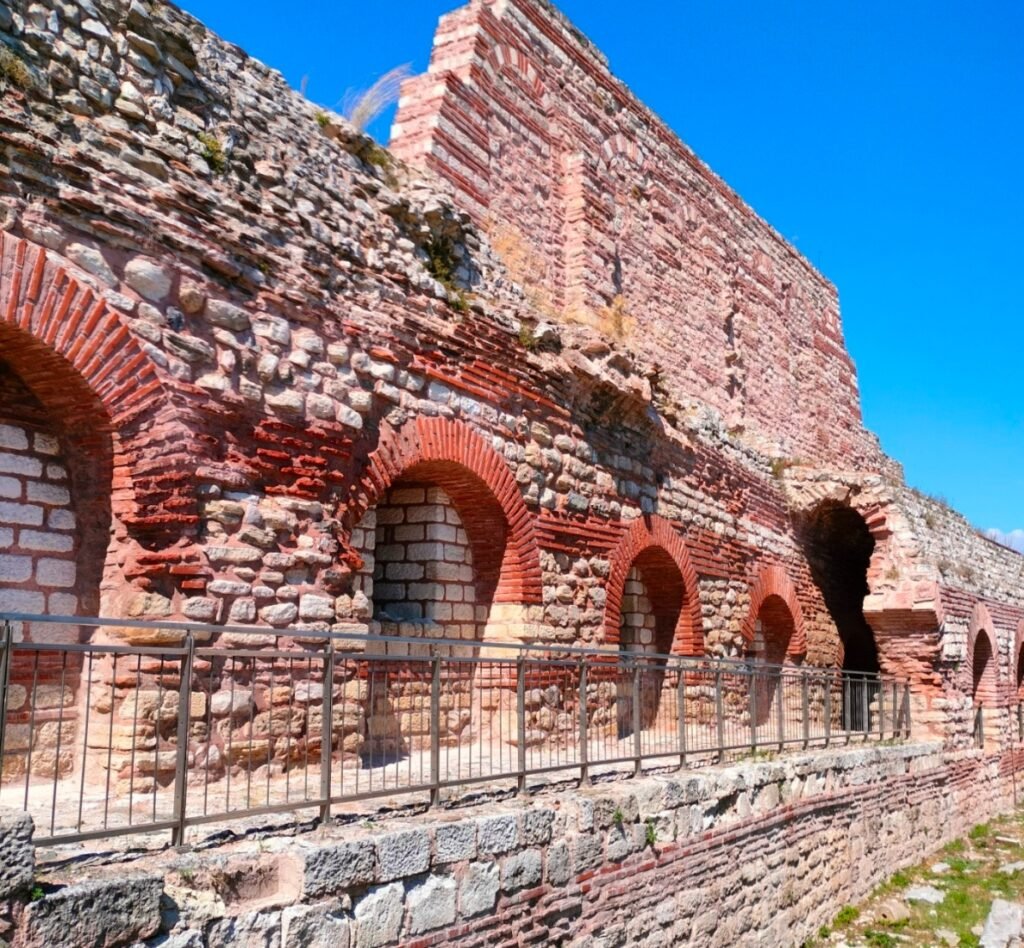
Take the bus to Yedikule Fortress, where the Golden Gate of Constantinople’s city walls used to be. It was the gate that Roman emperors could walk through when they returned in triumph. Later, it became part of the Ottoman Turkish defensive fortress. You can’t use the pass here; tickets are 250 lira. Inside the fortress, there’s a display with a picture that includes all the classic Constantinople sights.
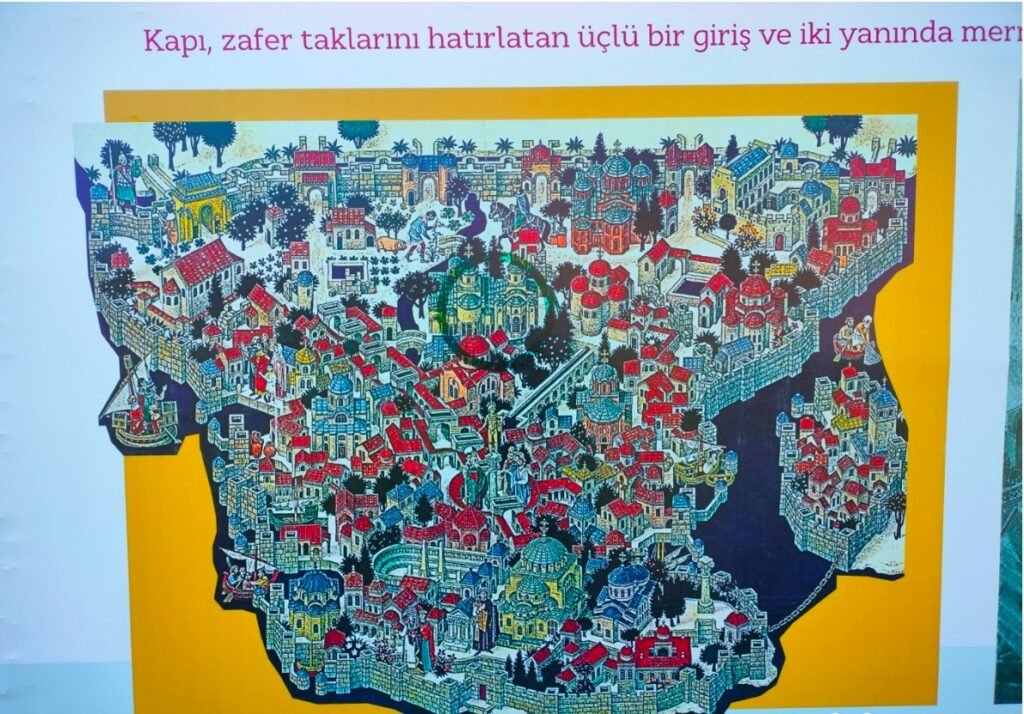
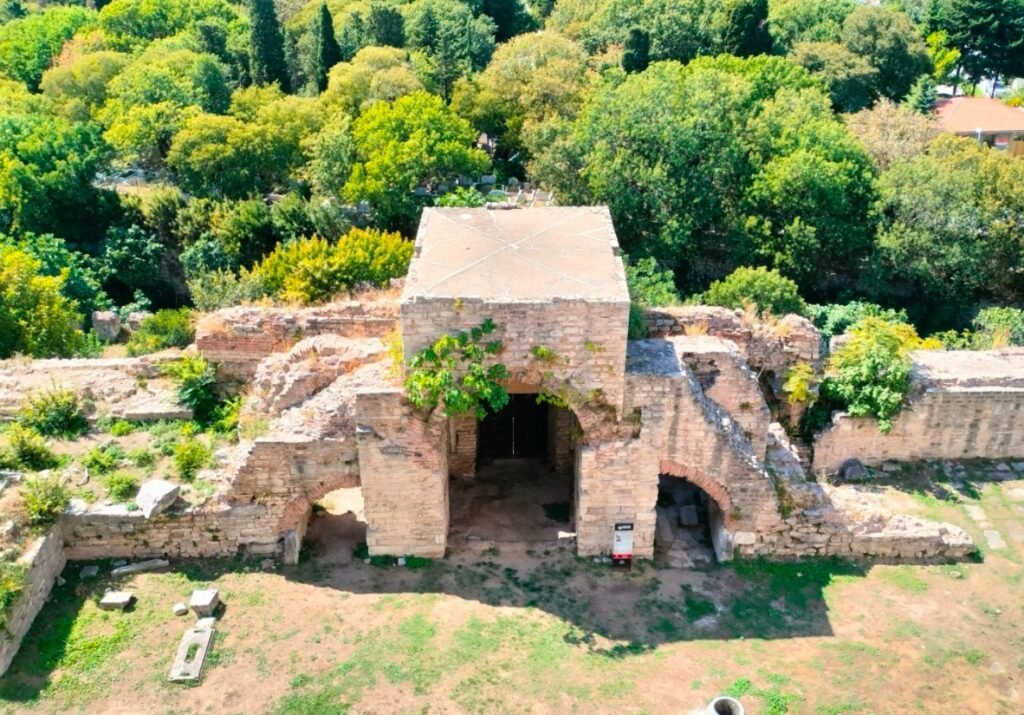
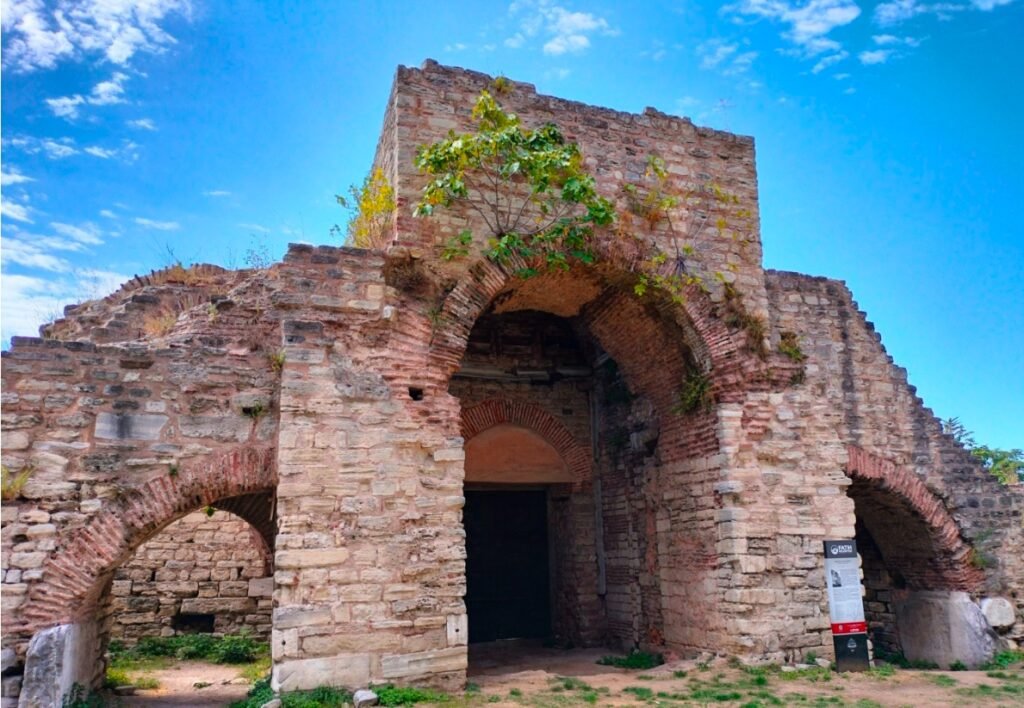

Today’s Itinerary: Galata Tower, Istanbul Military Museum, Naval Museum, Rumeli Fortress, ferry across the Bosphorus Strait, Maiden’s Tower, Süleymaniye Mosque.
I’m really happy with today’s schedule—it covers all the spots I wanted to see in the Old City, the New European Quarter, and the Asian side. From Rumeli Fortress to Maiden’s Tower, we took a ferry, which was both affordable and enjoyable, like a mini cruise.
Of course, there were a few hiccups. Rumeli Fortress was under renovation, so they stopped us halfway up. It was fine since I was using the pass, but if you bought a ticket, it would’ve been a bummer. I still haven’t figured out how to get up Maiden’s Tower; even my friends who live there are clueless. Also, Google Maps showed the Marmaray line, but the actual subway name changed to the B1 line. It took a long detour to find our way, wasting quite a bit of time.
We got an early start to check out Galata Tower in the daytime. From this stone tower built by the Genoese, you can overlook the entire Golden Horn and the Bosphorus Strait. The views were absolutely worth it!
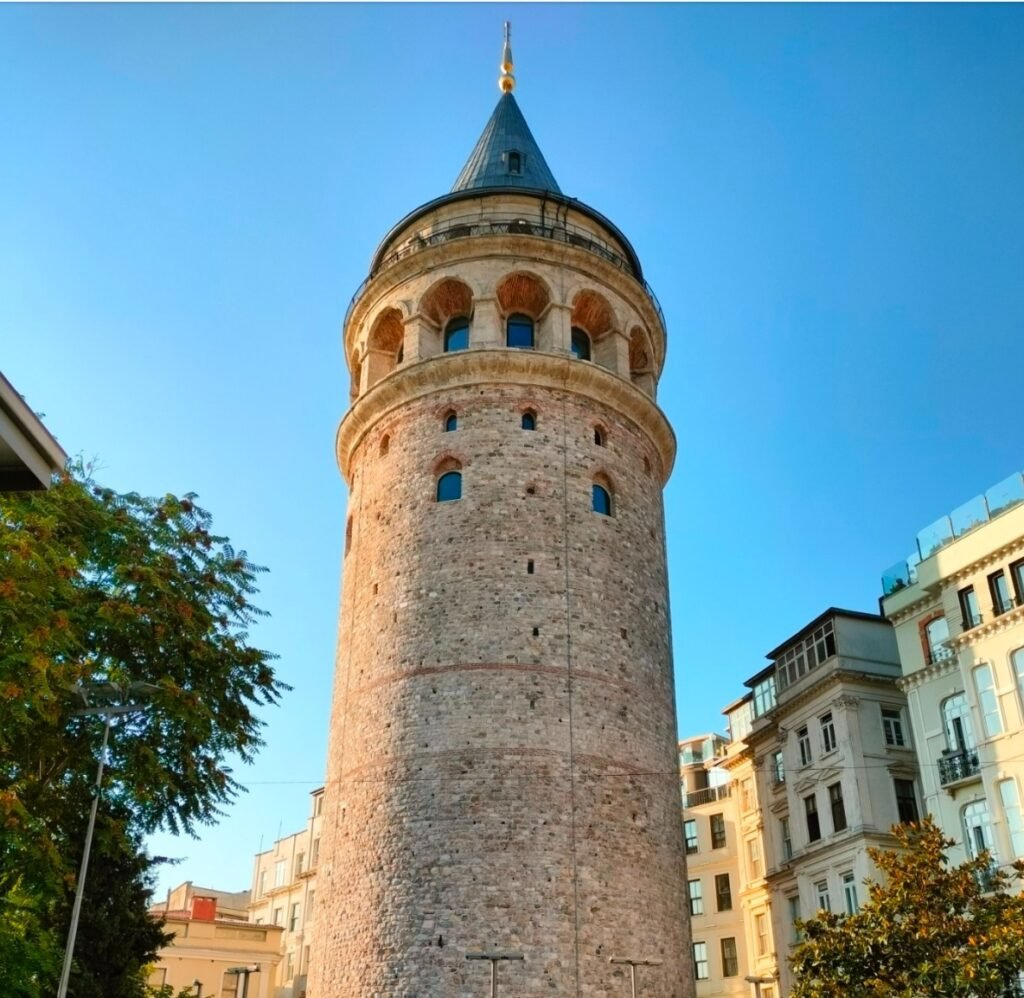
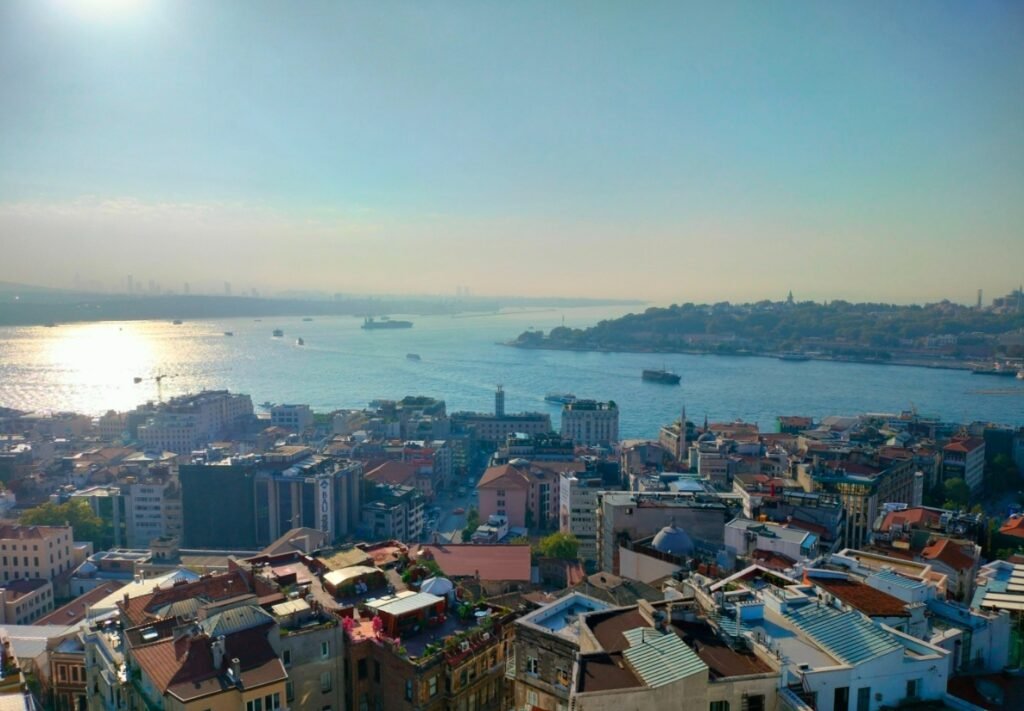

The best surprise of the day was the Istanbul Military Museum—tickets are 400 lira. They have cannons from the 1453 siege of Constantinople’s walls, displays of Turkish attacks on the Great Wall and Chinese troops, and live performances of Turkish military music. Inside, there are all sorts of melee weapons and a dazzling array of modern firearms. It’s definitely worth a visit.
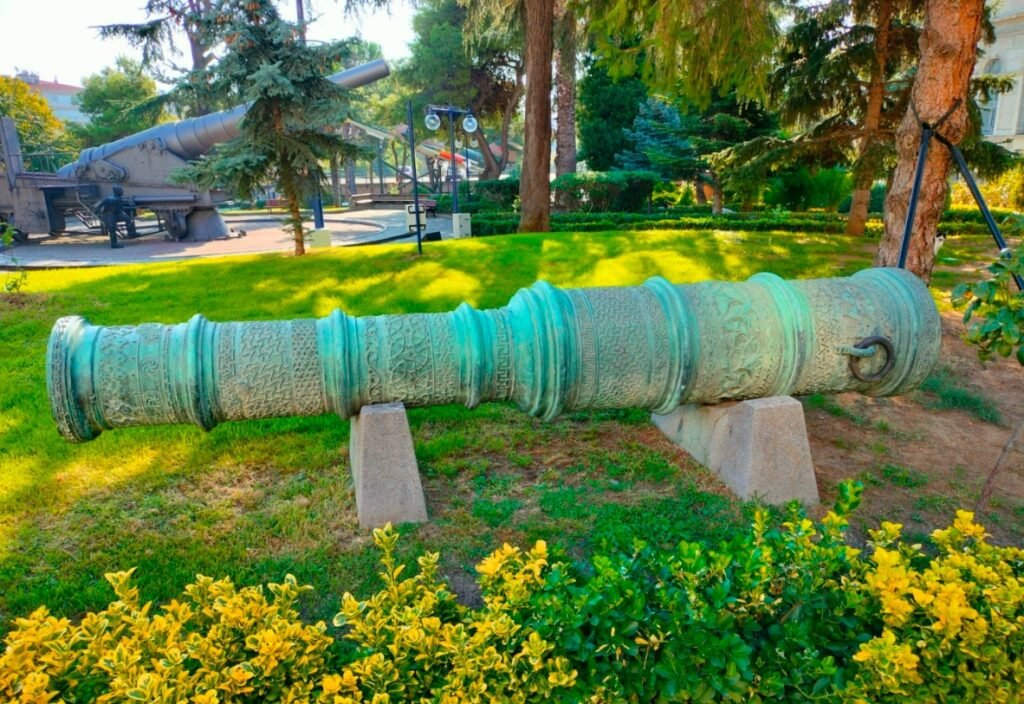
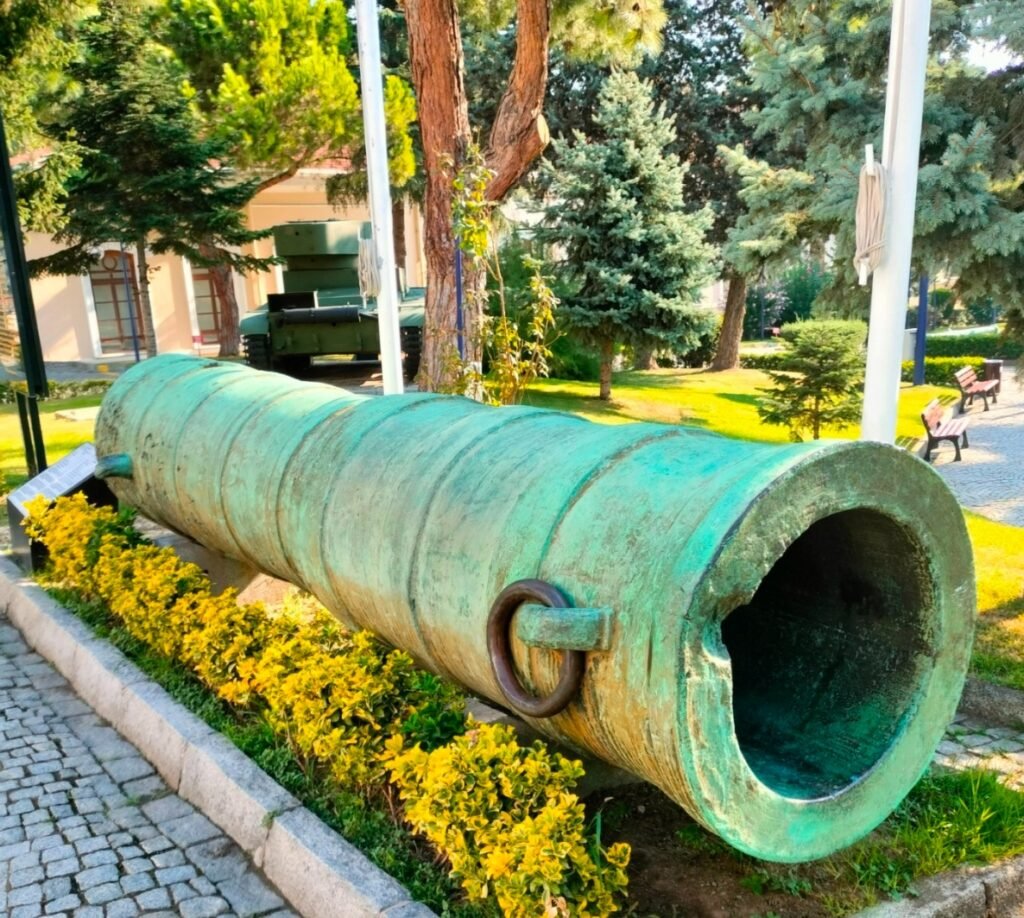
At 11 o’clock, there’s a live performance of Turkish military music, featuring several pieces played over half an hour.
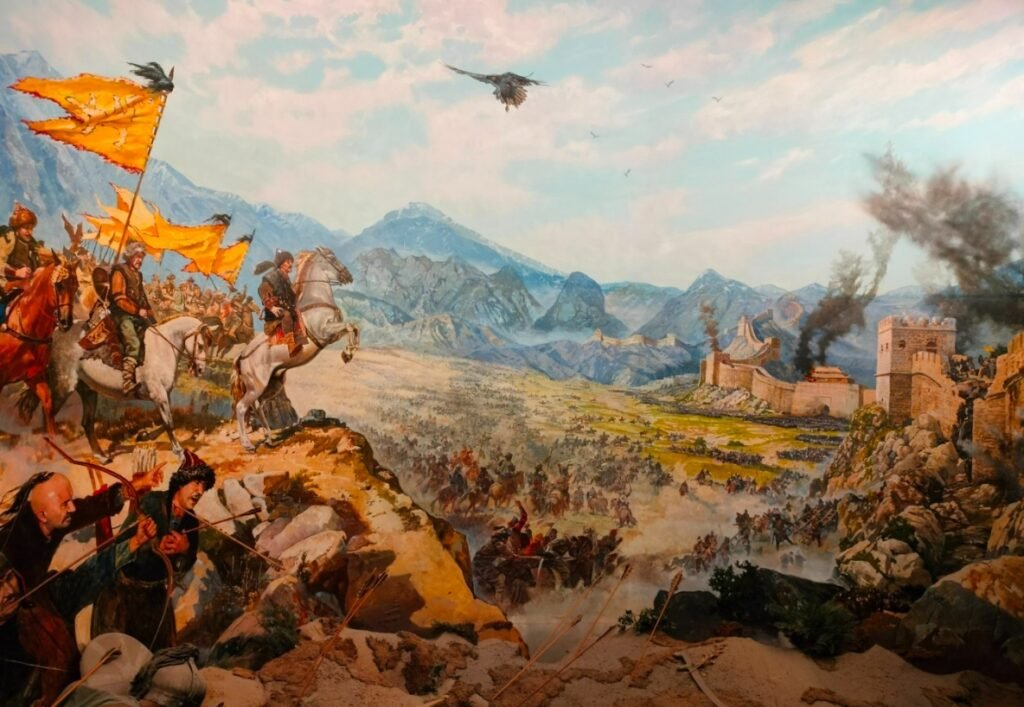

Istanbul Naval Museum has the same ticket price of 400 lira. It features more modern exhibition halls, but the content is more specialized and didn’t captivate me like the Military Museum did.
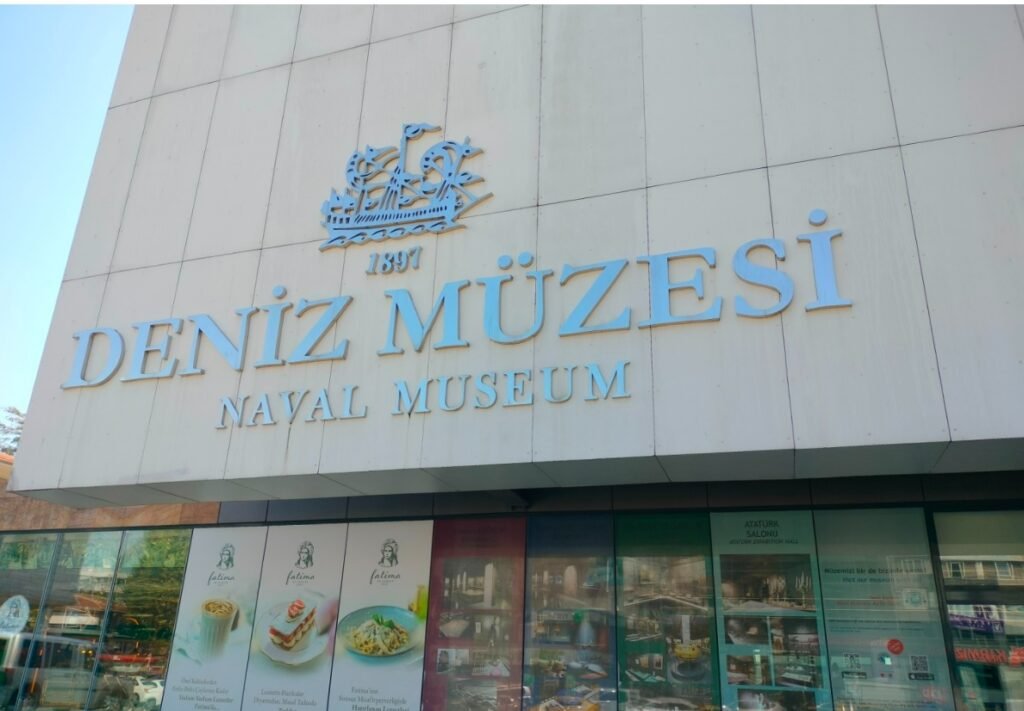
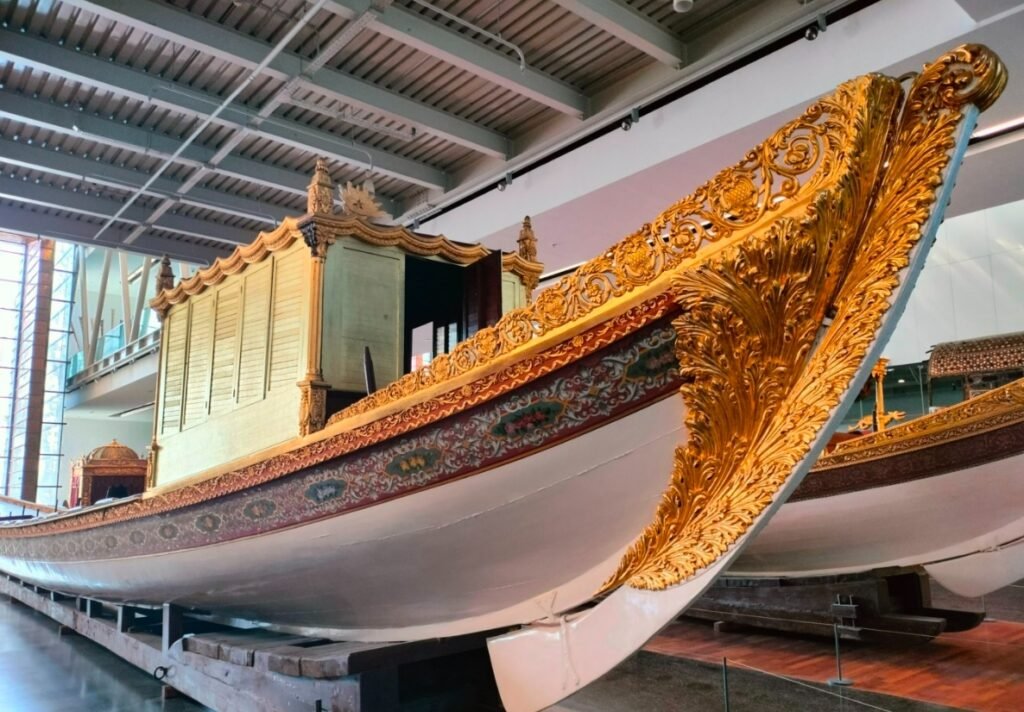
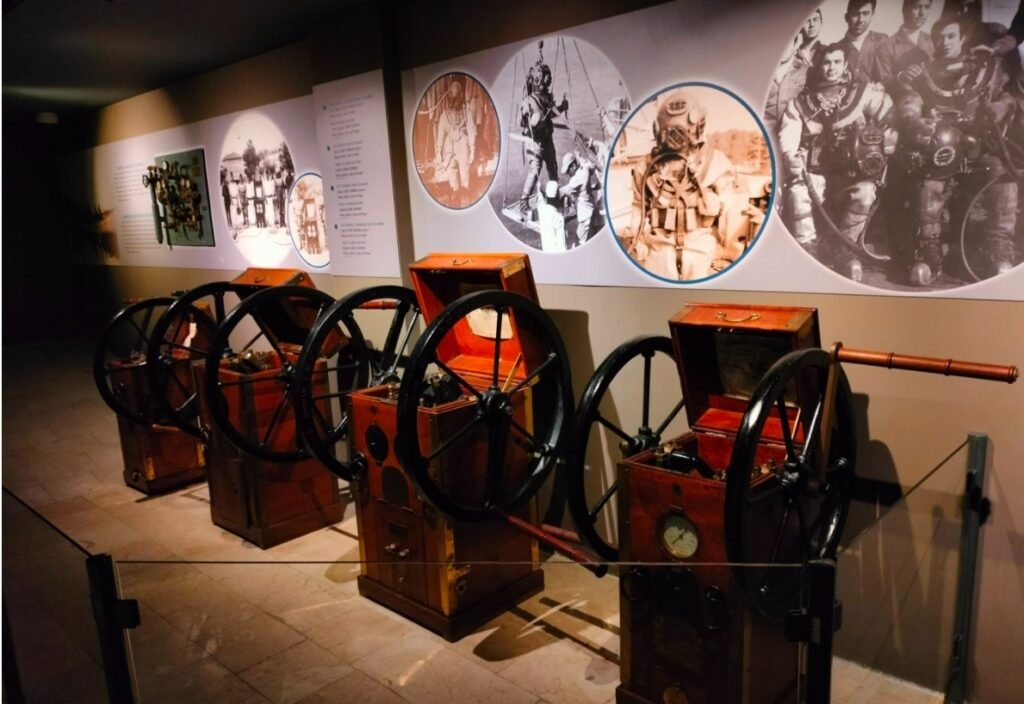
From the fortress, you see a peaceful expanse of blue. But back in 1453, together with the Anatolian fortress across the Bosphorus, they blockaded the strait, cutting off Constantinople’s lifeline. Some stubborn Venetians tried to break through the blockade to provide support, but their merchant ships were sunk and the captains were beheaded.
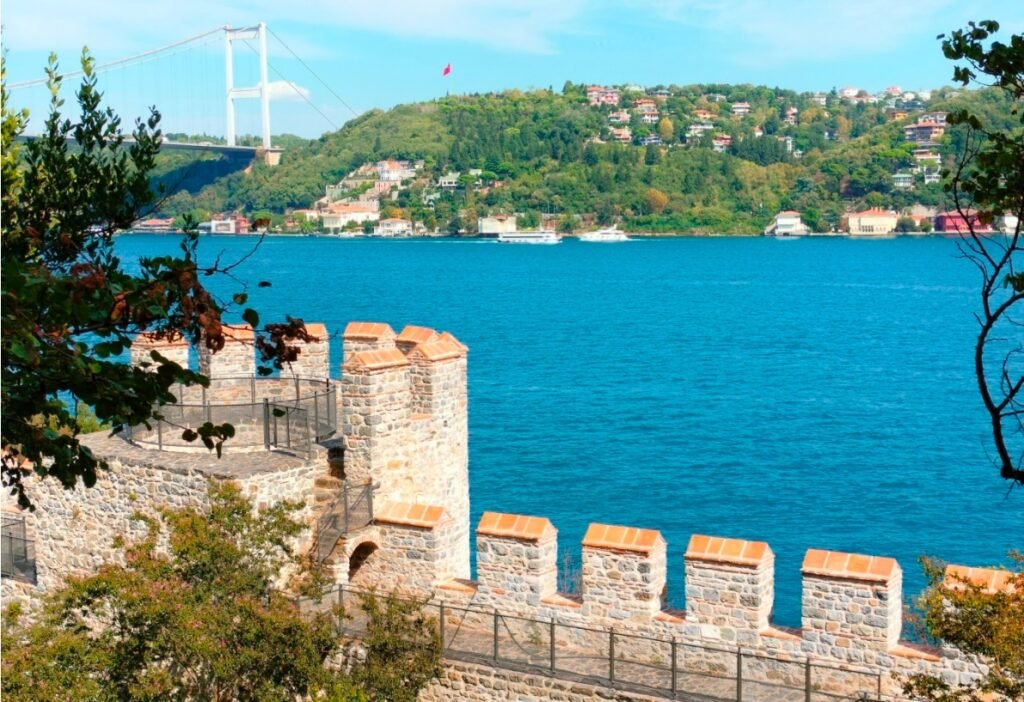
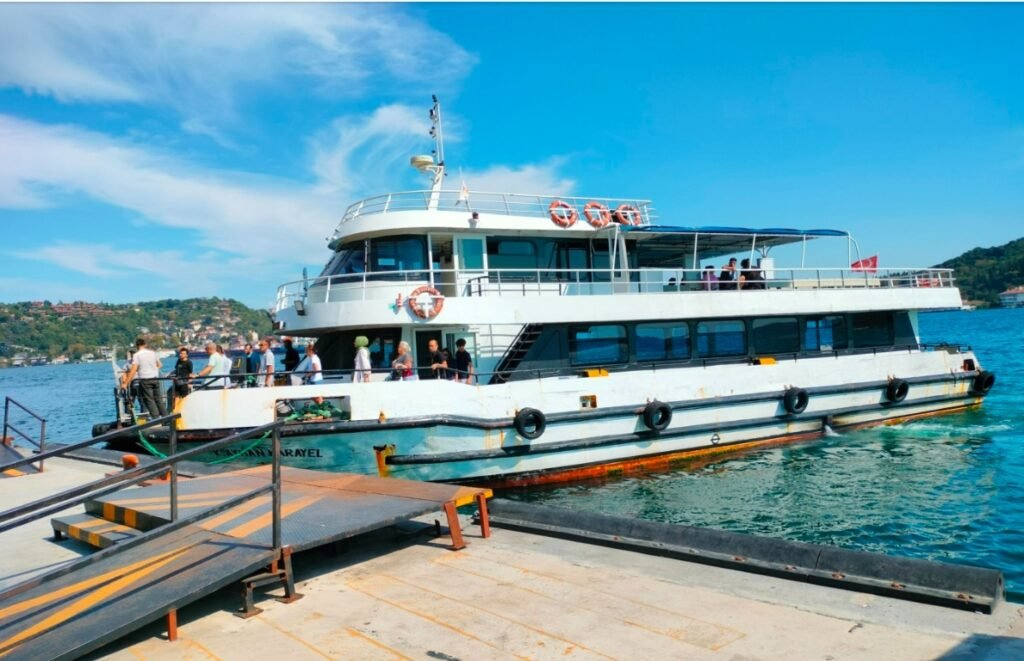
The Süleymaniye Mosque at sunset is gorgeous. The floors are all white marble, and the interior is super grand and impressive.
